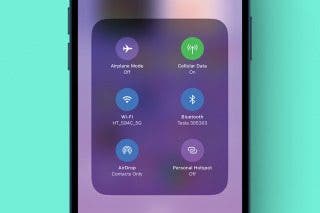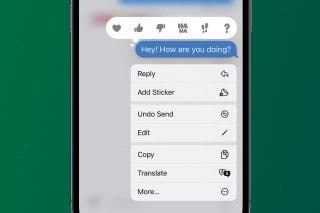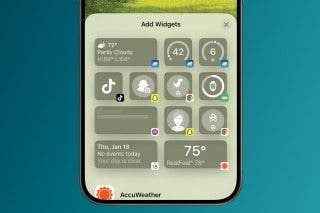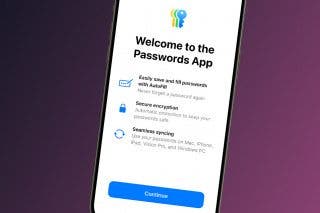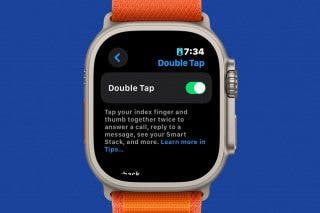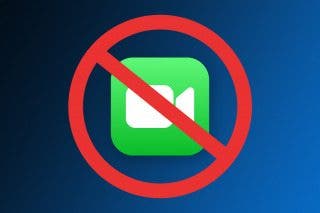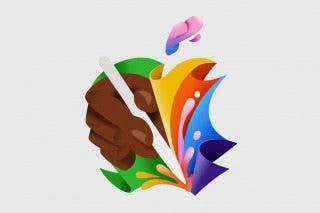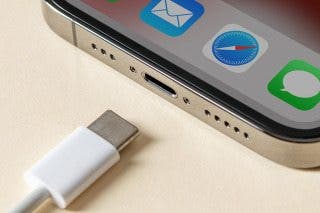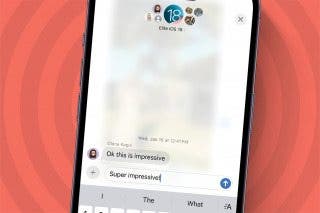iPad Multitasking: Slide Over, Picture in Picture & Split Screen


What to Know
- iPad multitasking allows you to have more than one window open at once.
- iPad multitasking features include Split View, Center View, Slide Over, and more.
- iPadOS 17 improved multitasking by offering a more fluid Stage Manger experience.
Mastering iPad multitasking will improve your iPad productivity levels as you use apps in tandem and switch from one task to another. We'll go over iPad multitasking features and including Split View (Split Screen), Slide Over, Center Window, Picture-in-Picture, and more. Here’s everything you need to know about iPad multitasking and how to multitask on the iPad.
How to Use Slide Over on Your iPad
Slide Over on the iPad allows you to open a second app on top of the app you're already using. The second app will cover about a third of your iPad’s screen. For more great productivity tutorials, check out our free Tip of the Day newsletter. To open Slide Over:
- Open an app on your iPad and tap the Multitasking icon at the top of the window.
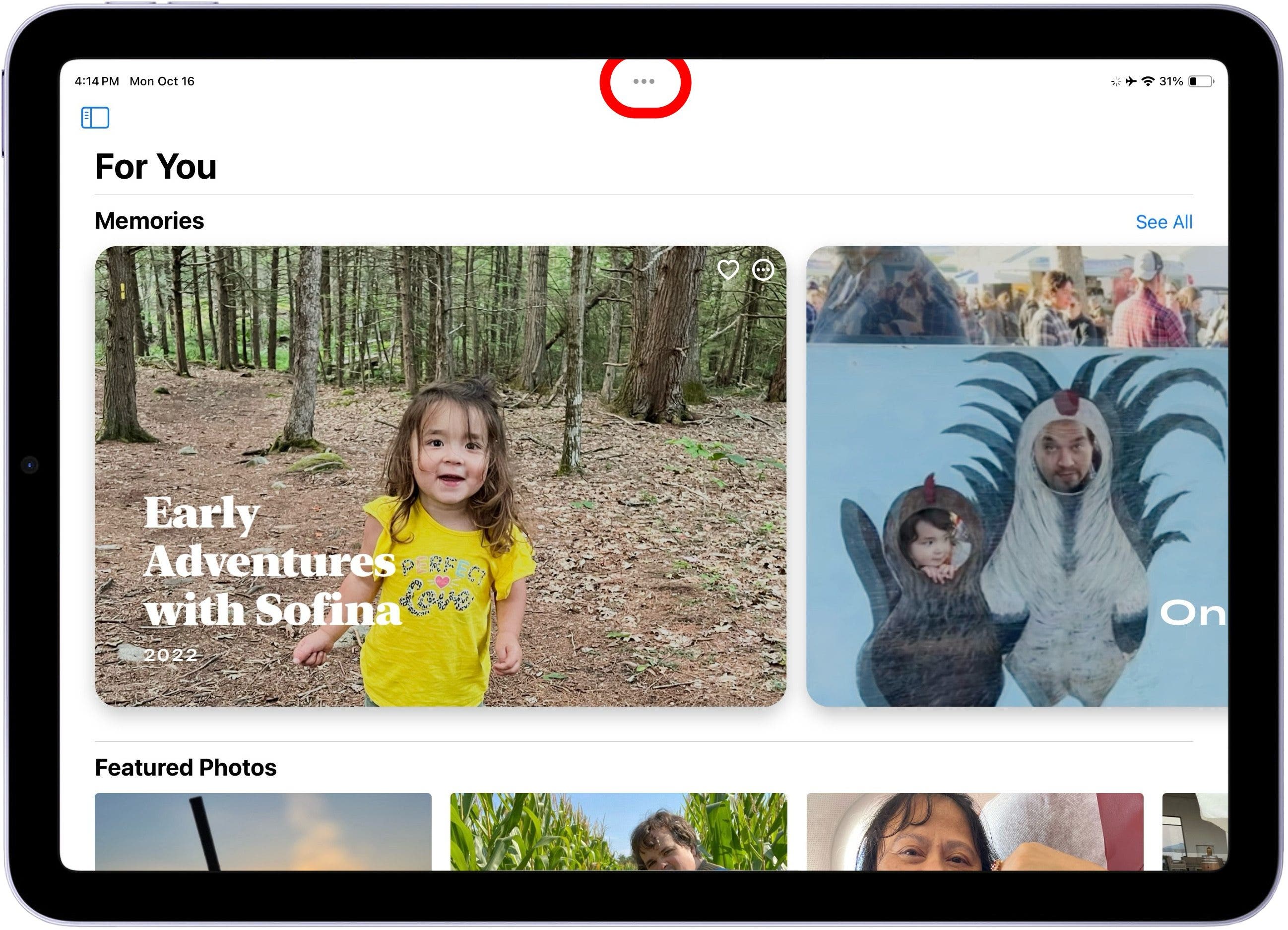
- Tap Slide Over in the menu that appears and the window will shift to the side revealing the Home Screen.
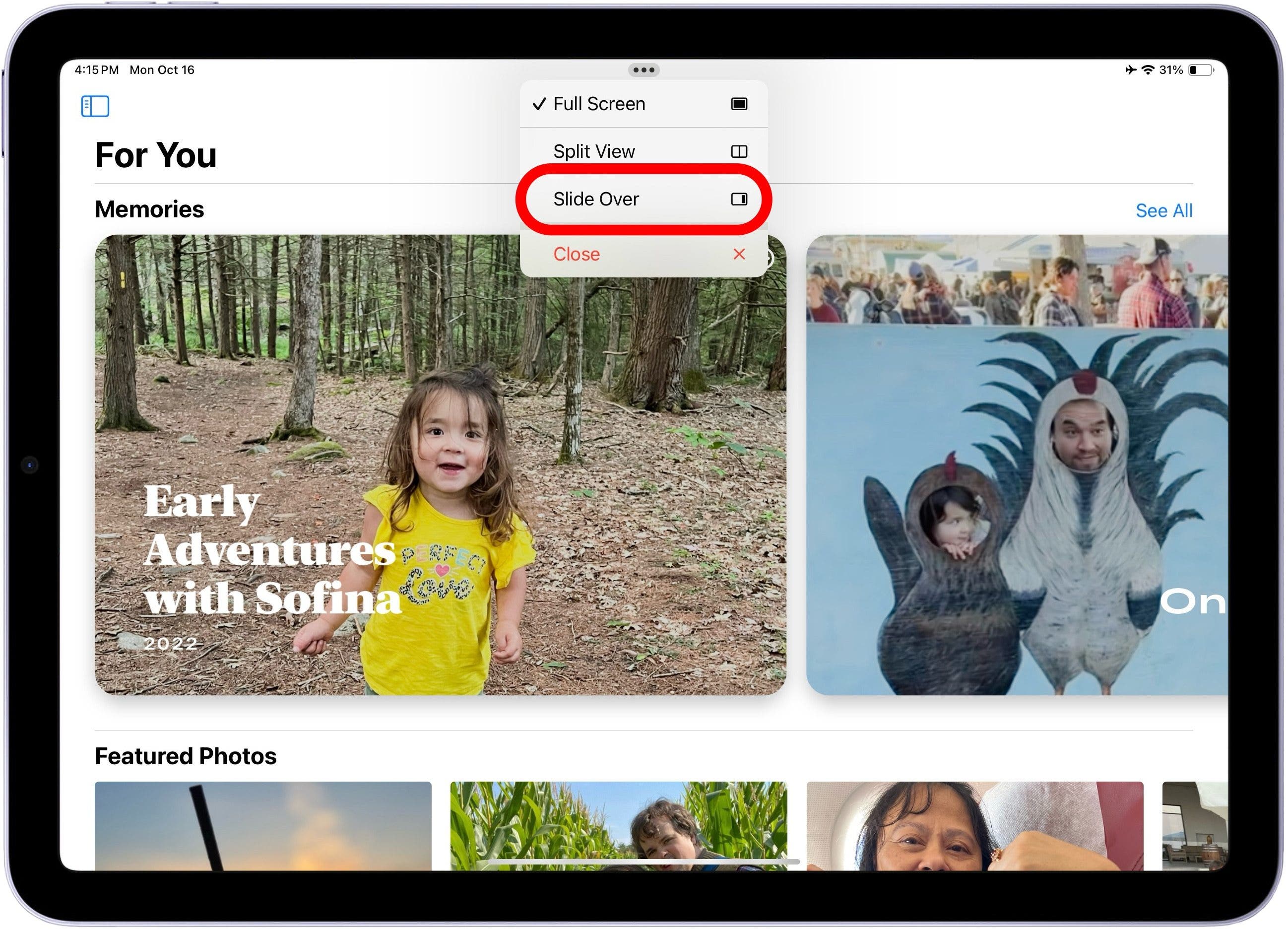
- Now tap the app you'd like to open behind your Slide Over window.
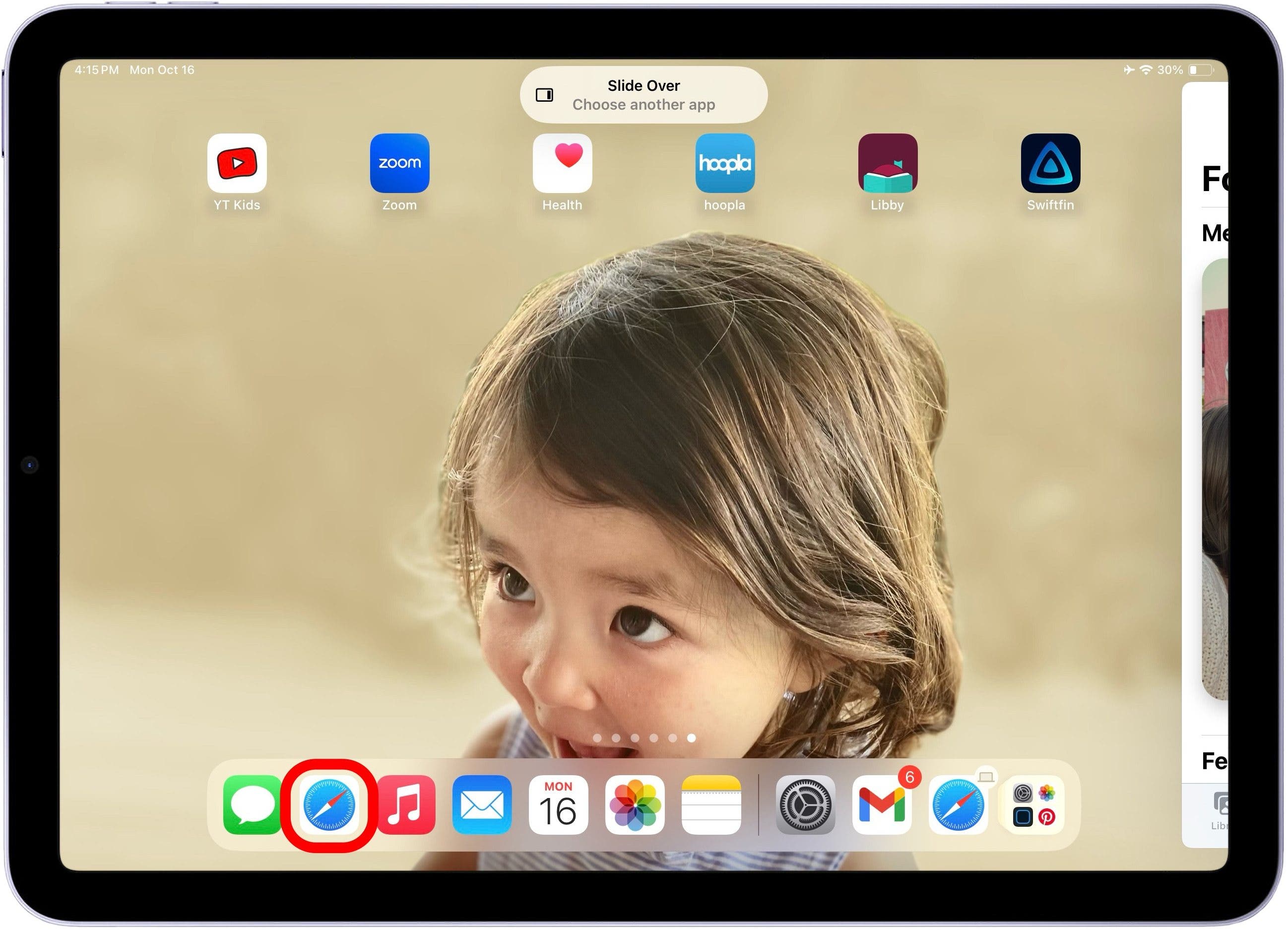
- Another way to open Slide Over is to open your main app, then drag a second app from the Dock onto the screen.
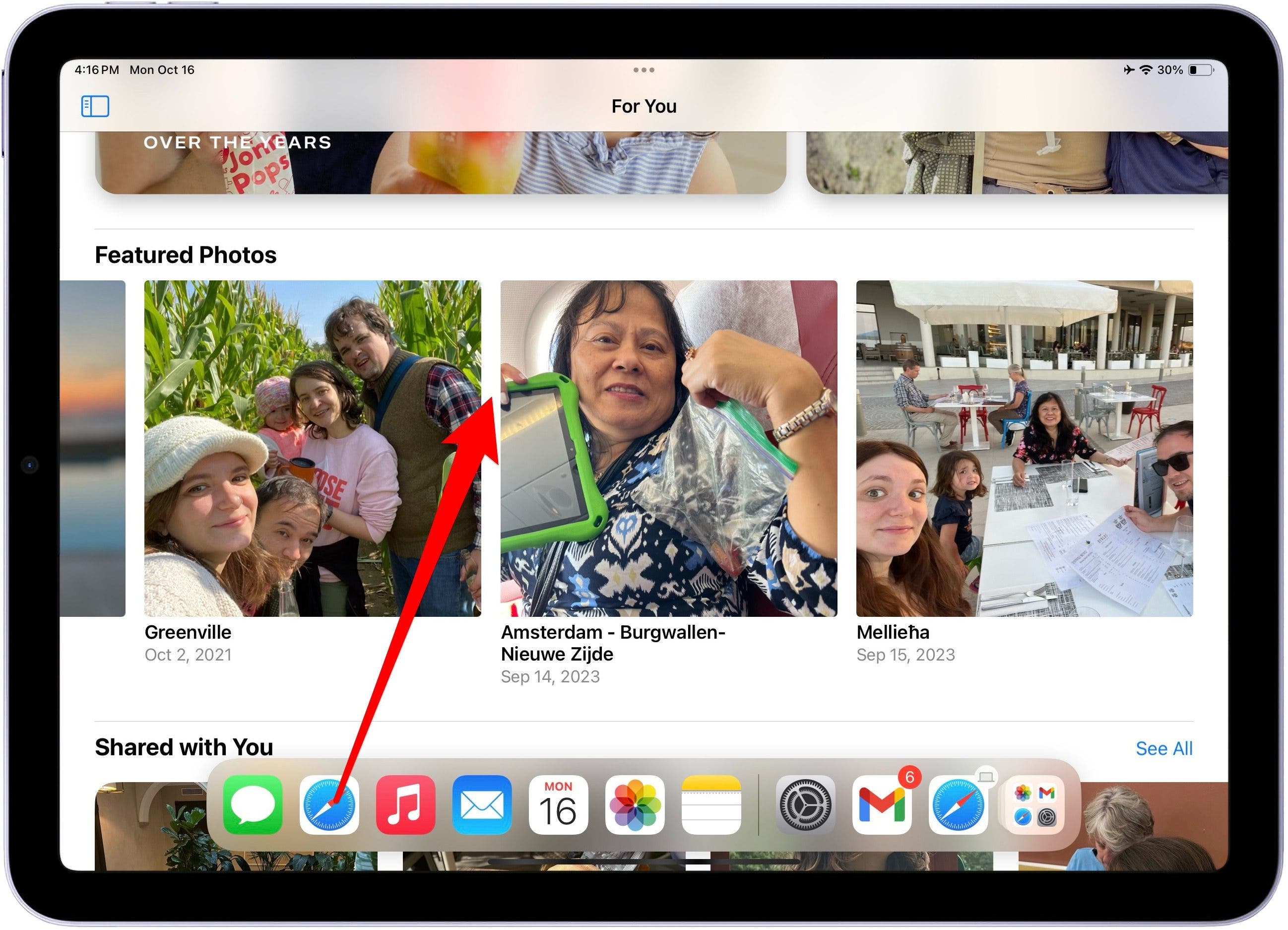
- You can move the second app around your screen by placing your finger on the Multitasking icon at the top and dragging it to the left or right.
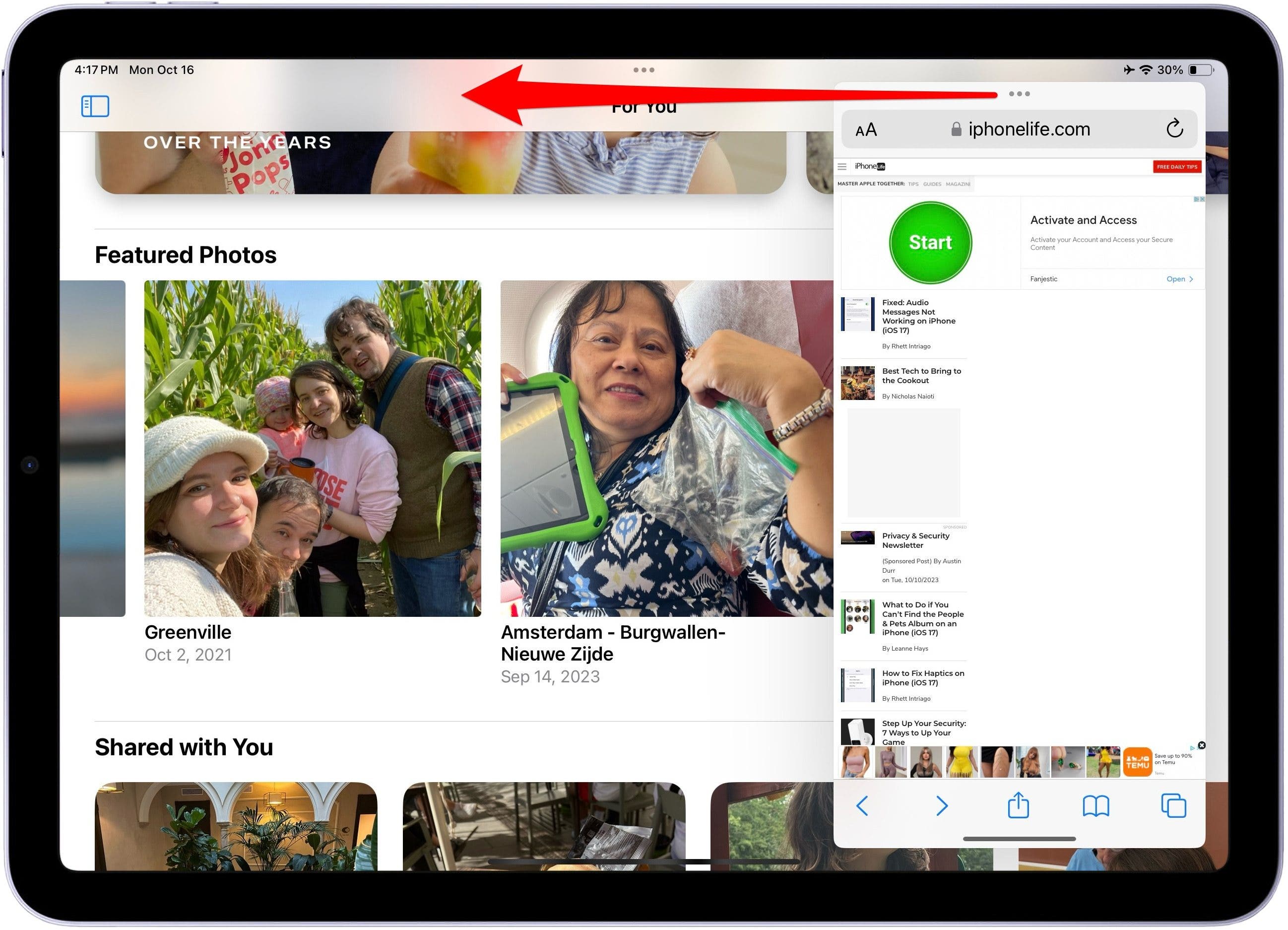
- To dismiss the Slide Over window, swipe to the edge of your iPad screen.

- Swipe from the gray arrow across the screen to show the Slide Over window again.
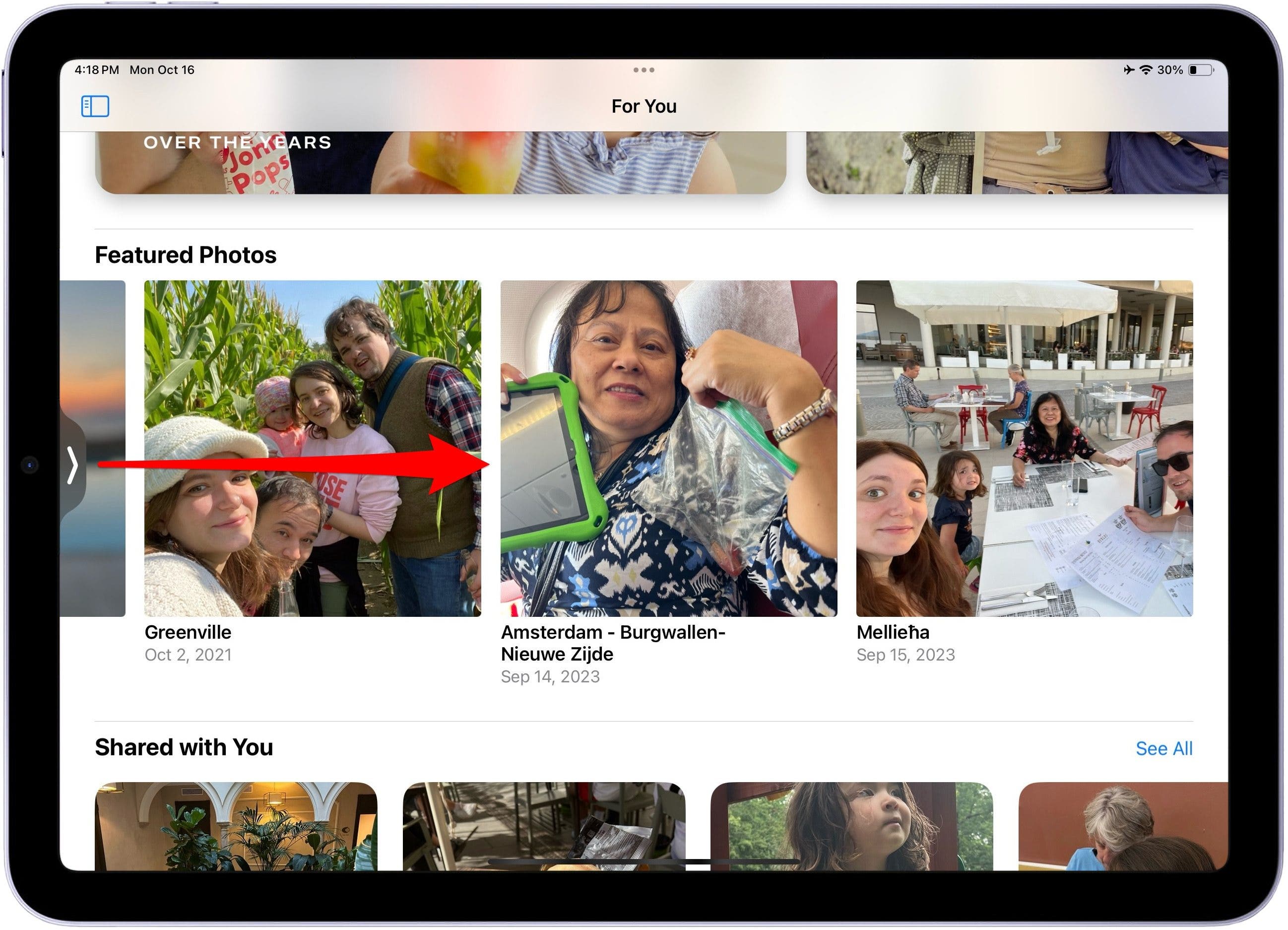
- To exit Slide Over view, tap the Multitasking icon and tap Full Screen.
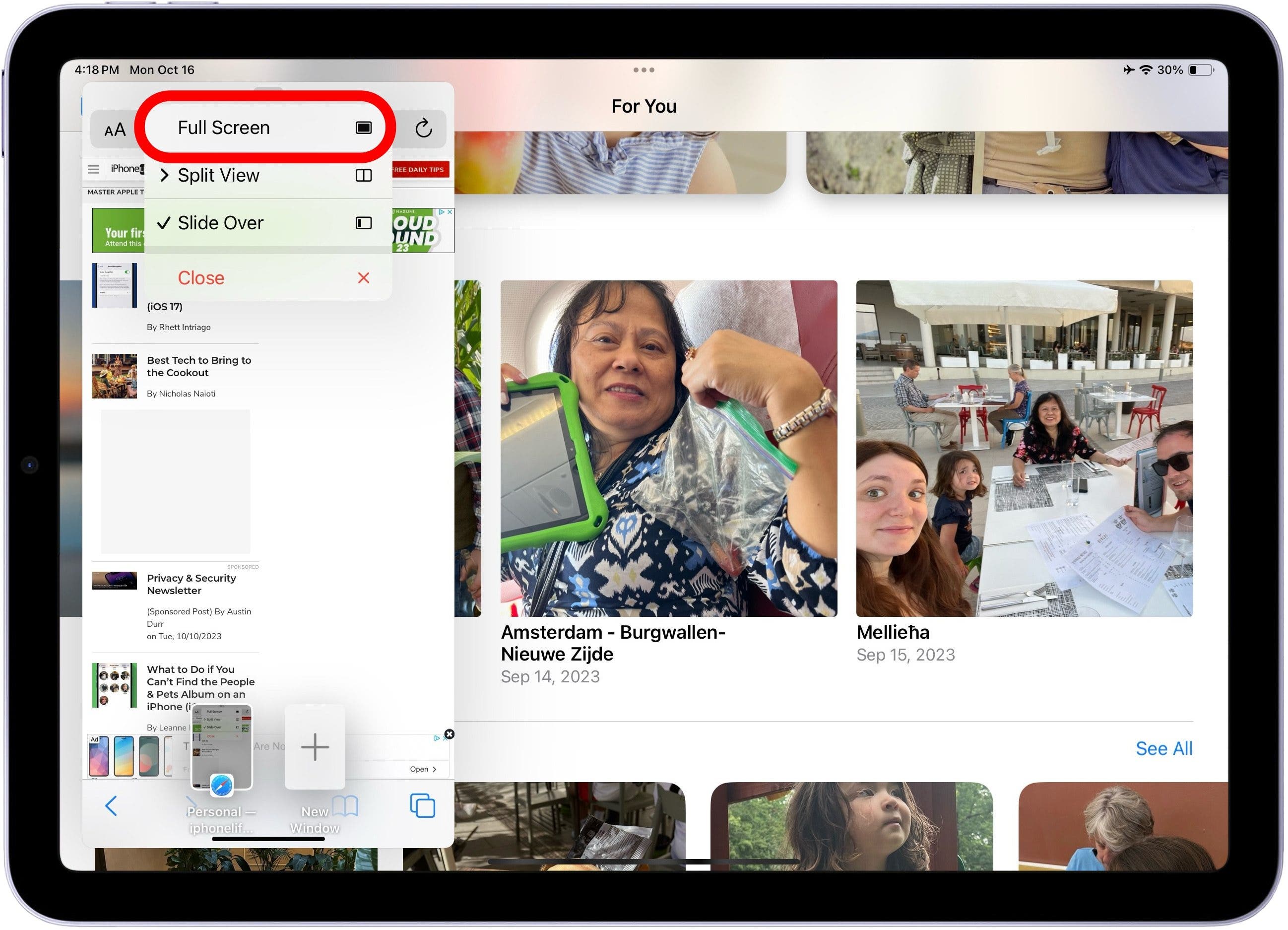
How to Use Split View on an iPad (AKA Split Screen)
Split screen (Split View) allows you to work in two different apps simultaneously. You can split the screen and have one app on either side, or have one app that's taking up a third of the screen. You can even open two windows from the same app in Split View; this way you can work on two notes simultaneously, organize two different photo albums, and much more. Also, not every app works with Split View (particularly third-party apps), but it will work with native Apple apps. The Multitasking menu has made opening and closing Split View easier than ever. Here's how to do it:
- Open an app and tap the Multitasking icon at the top of the window.
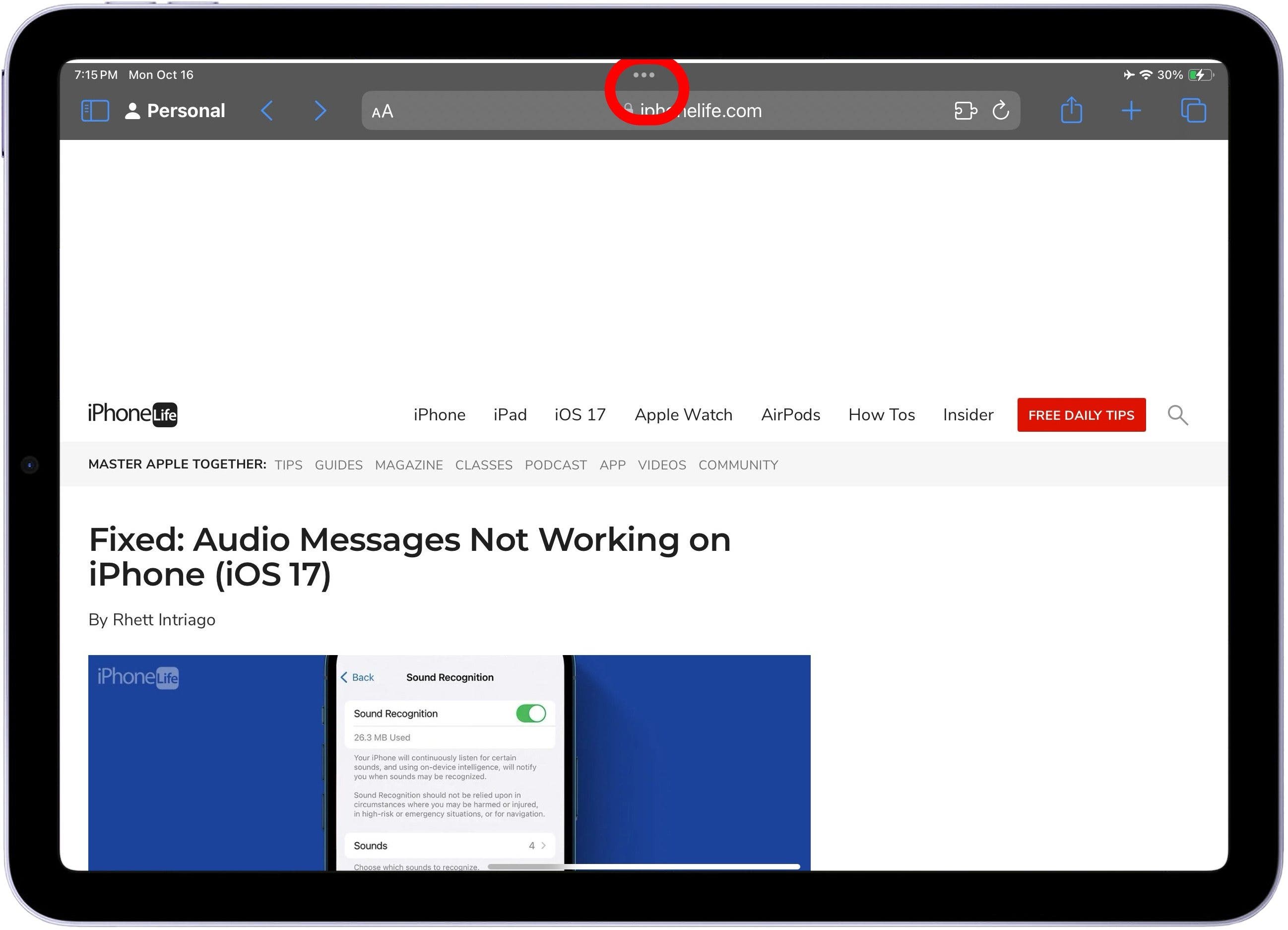
- Tap Split View and the window will shift to the side revealing the Home Screen.
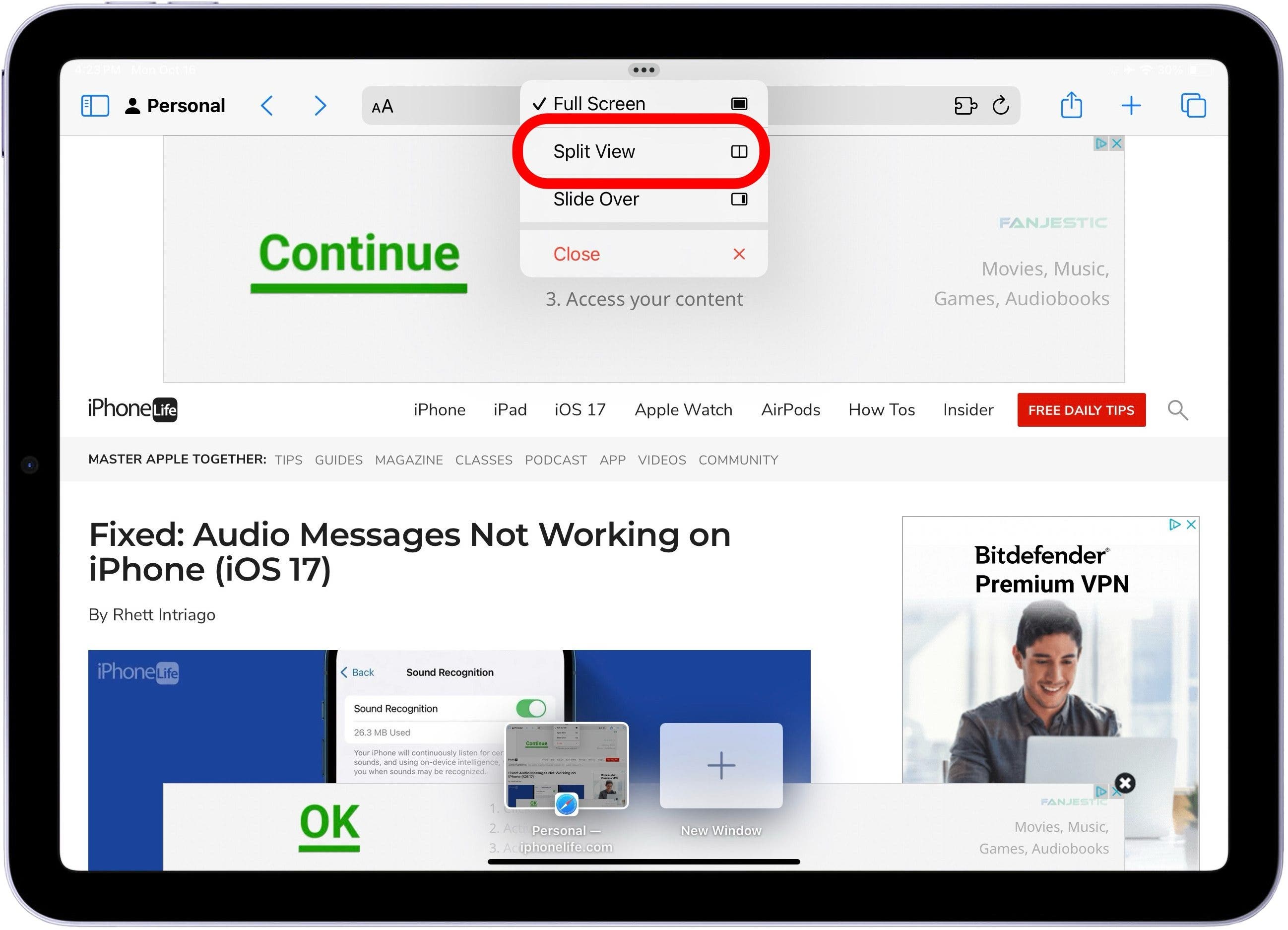
- Tap your second app to open it in Split View mode.
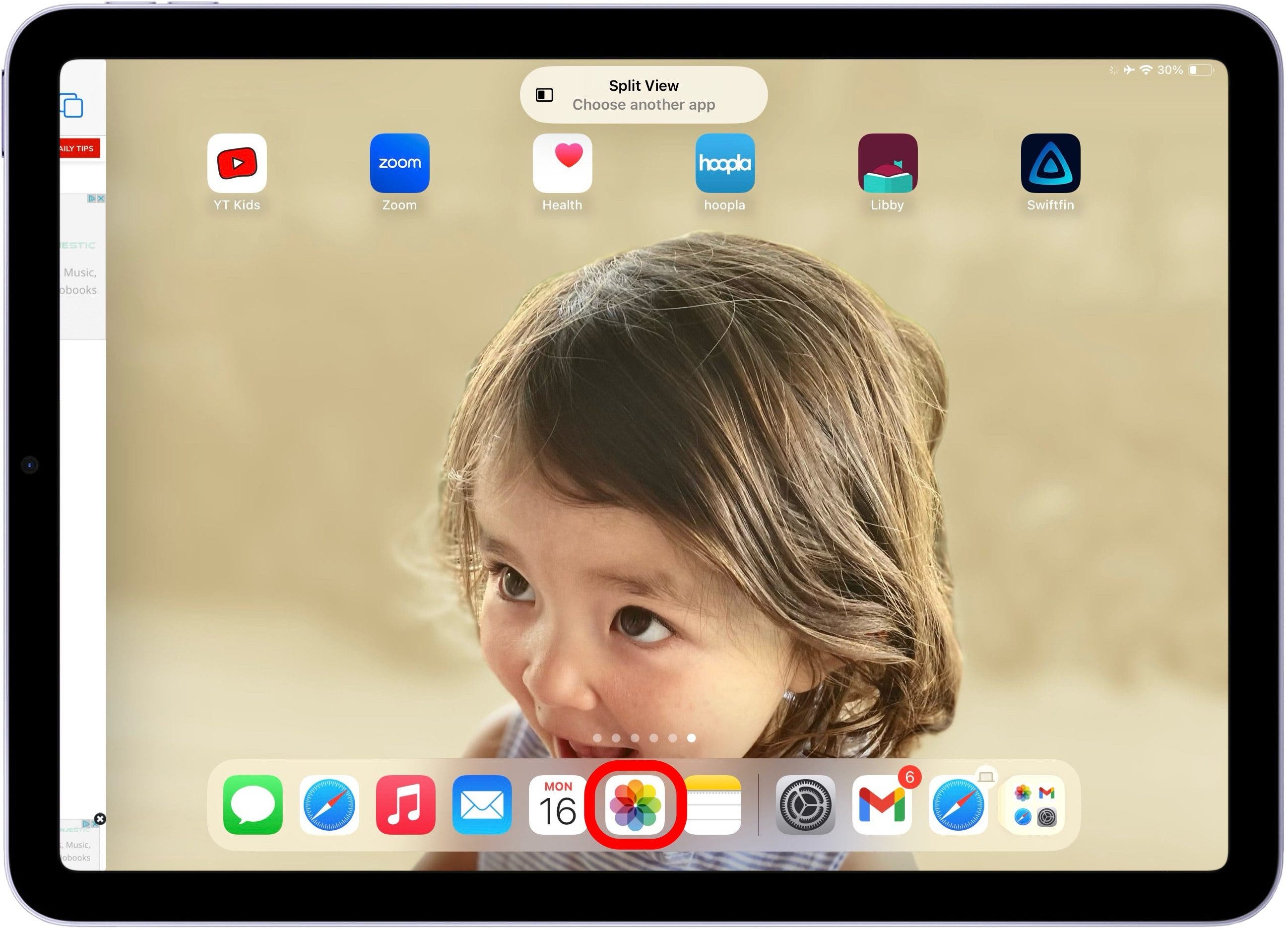
- You can tap the Multitasking icon and drag a tab to switch positions on your screen display.
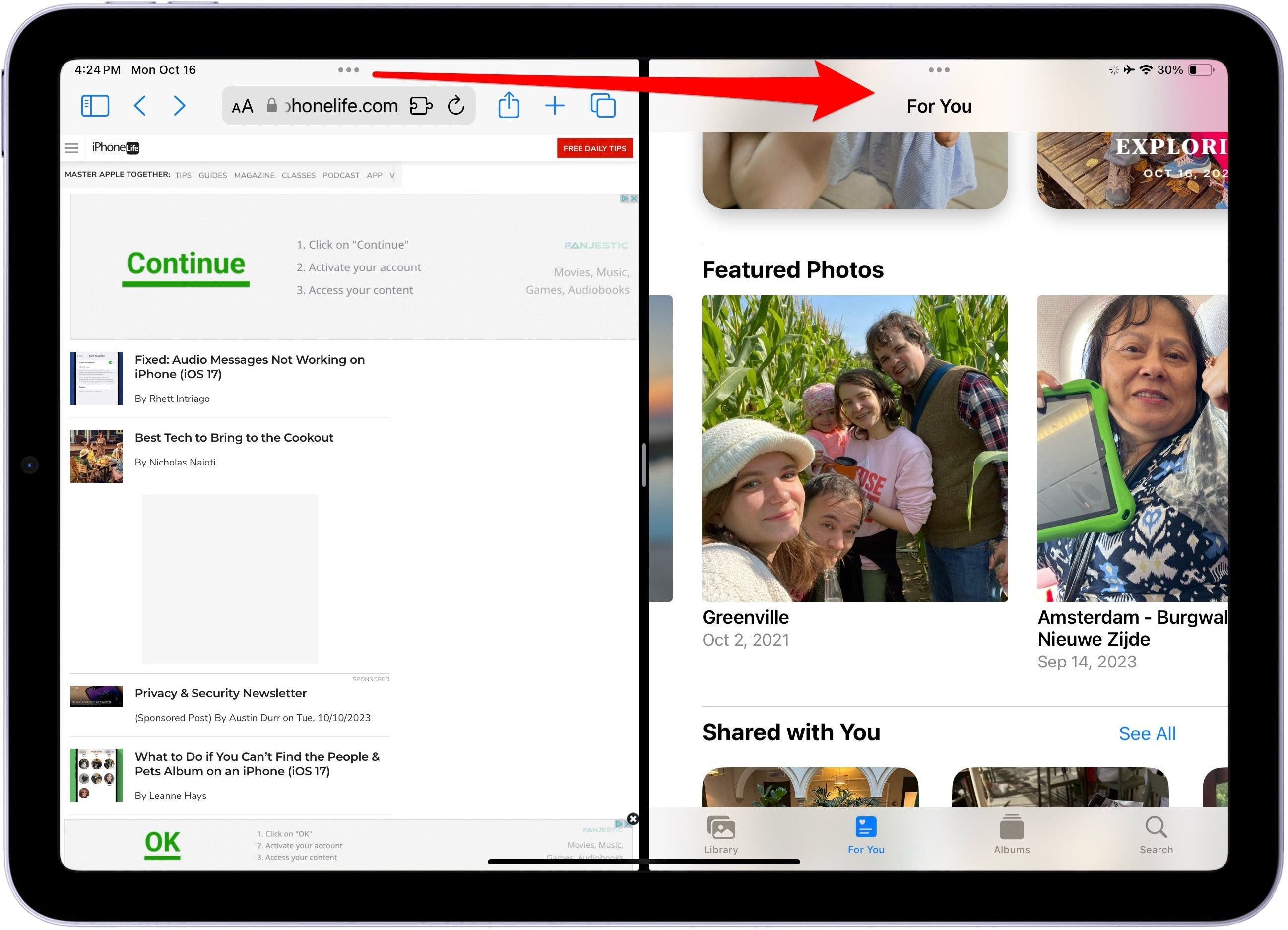
- You can also resize your app windows by dragging the app divider to the left or right.
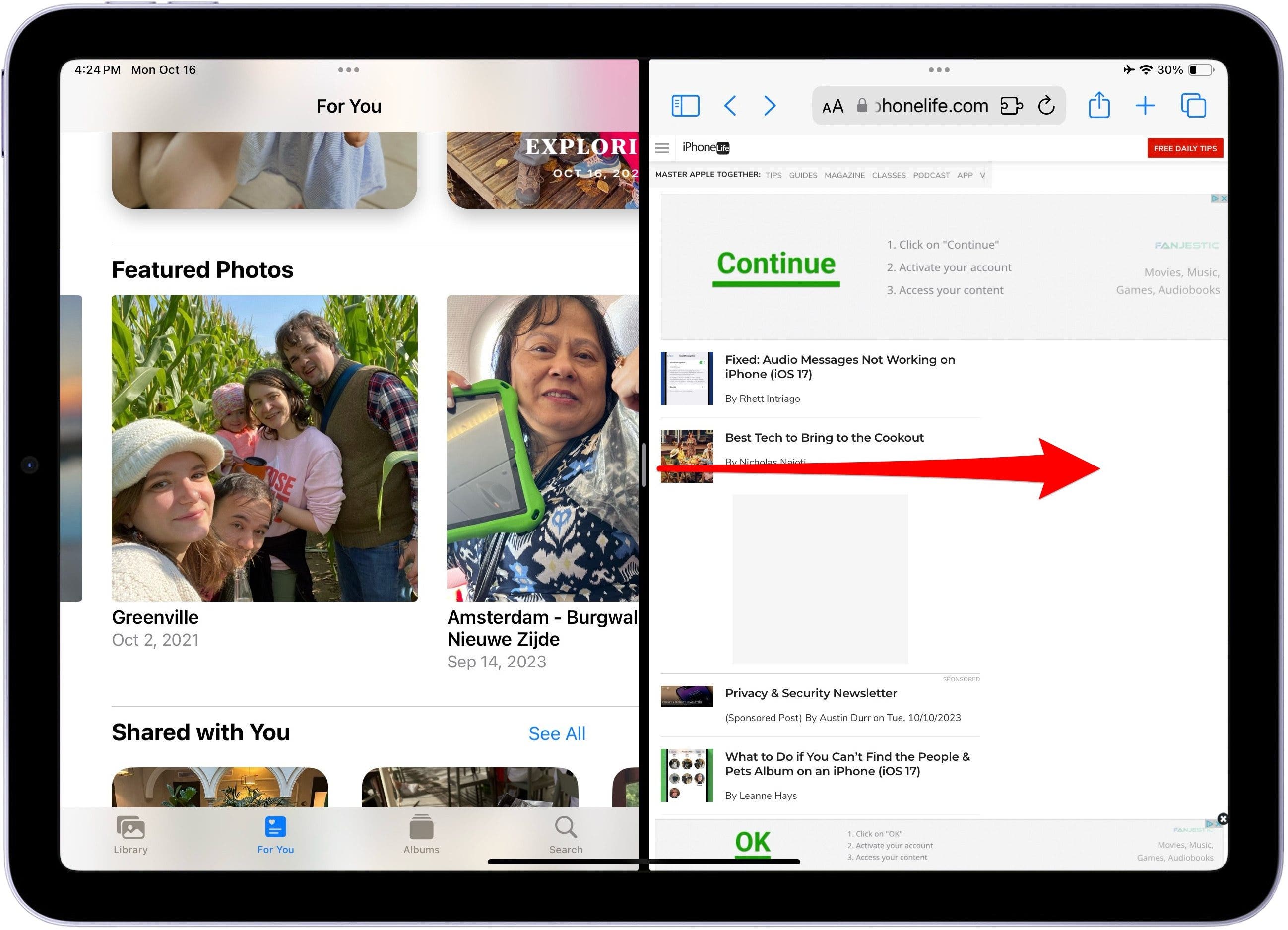
- To exit Split View, tap the Multitasking icon in the window you wish to keep open.
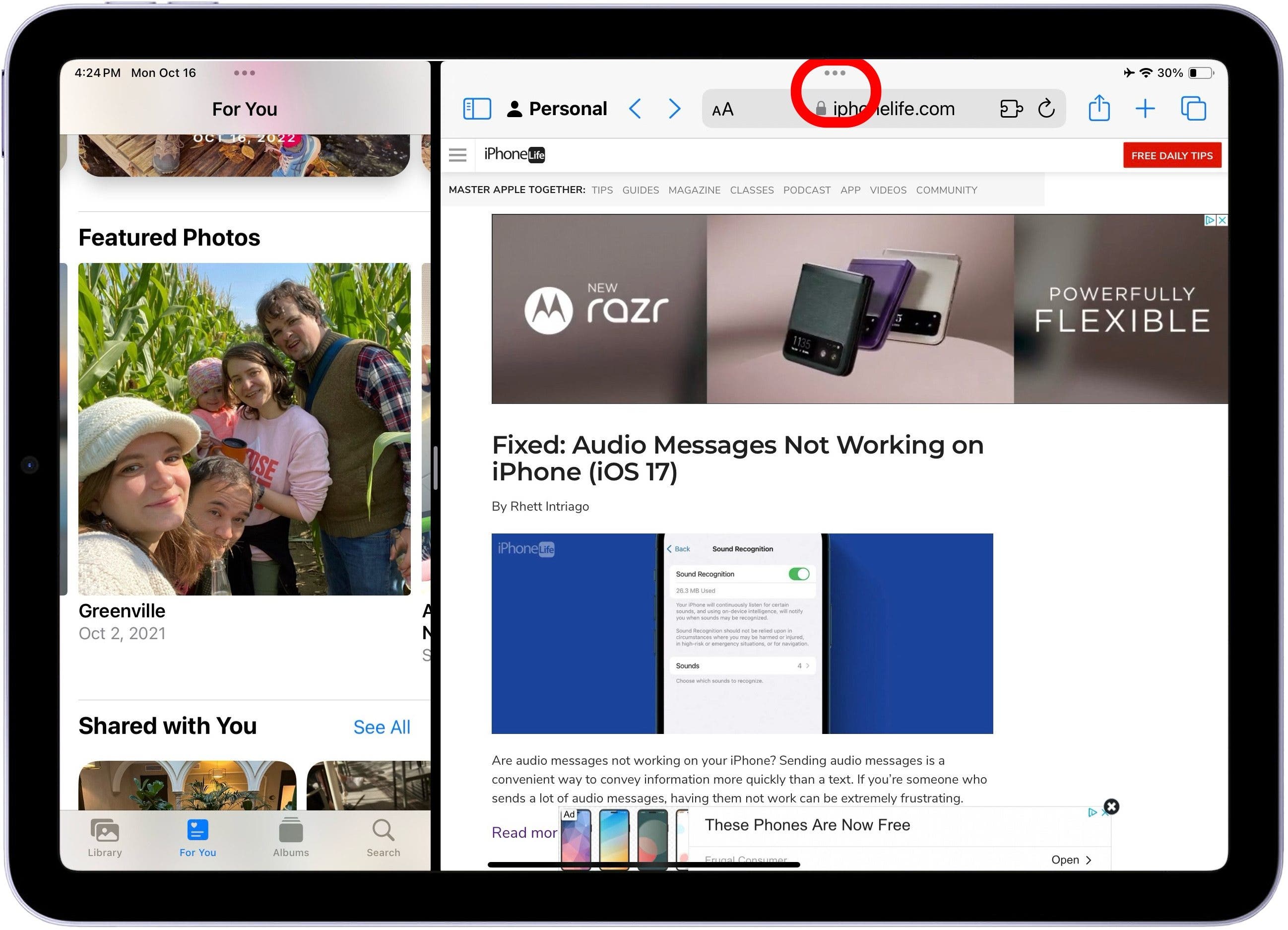
- Tap the Full Screen.
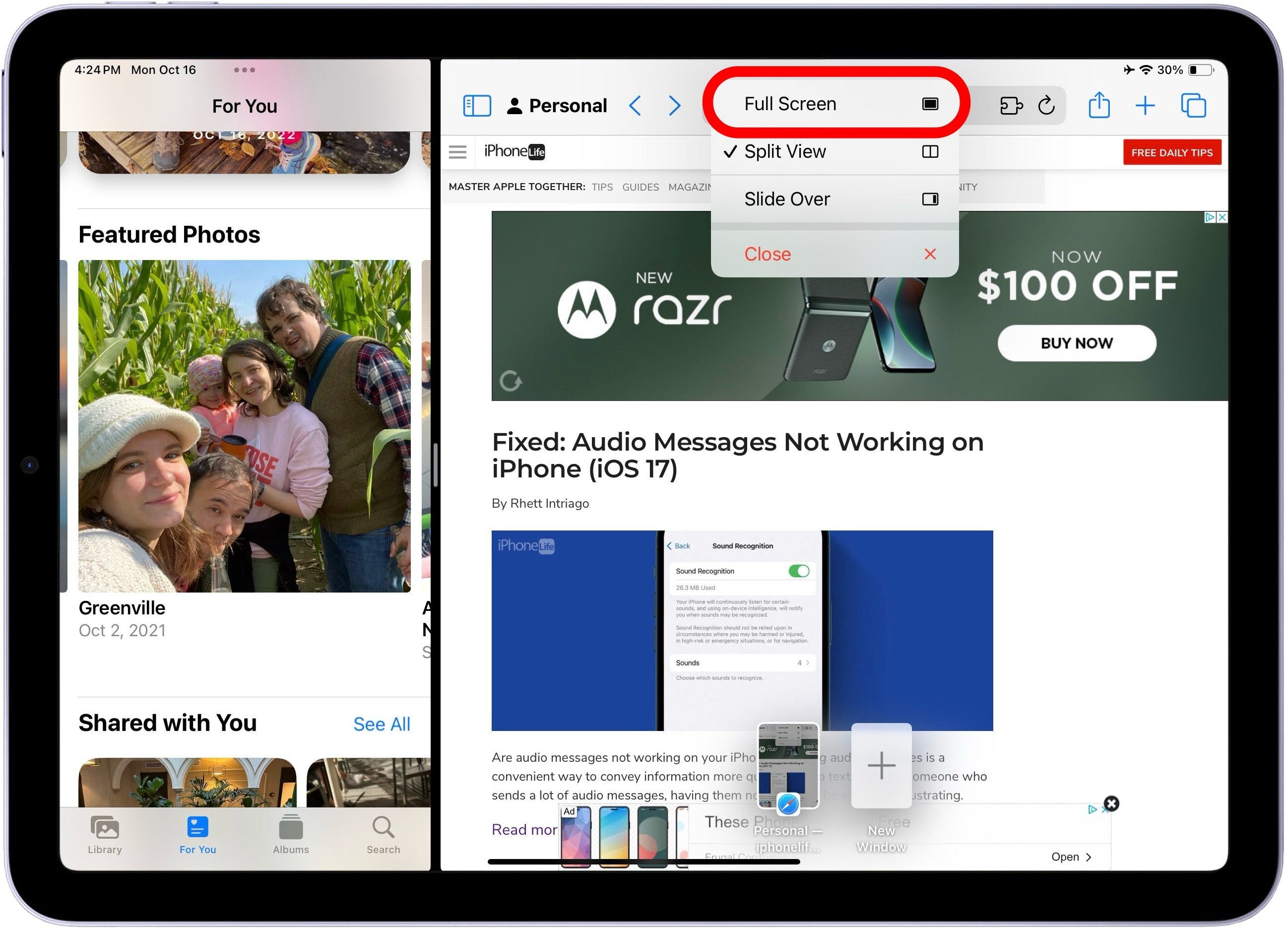
If you're learning how to get rid of split screen on iPad, another method is to simply drag the app divider to the edge of your iPad screen. Also, if you love multitasking with the iPad split screen feature, you might also be interested in learning how to use split screen on Mac.
How to Use Picture in Picture on Your iPad
We've already shown you how to use Picture in Picture on your iPhone. Picture in Picture allows you to watch videos and movies or chat on FaceTime while working in other apps. To use Picture in Picture on an iPad:
- While watching a video in a compatible video player or during a FaceTime call, swipe up from the bottom of your screen to open Picture in Picture.

- From here, you can touch the Picture in Picture screen and drag it to a new position.

- To hide the video, drag it to the edge of the screen.

- Tap the arrow icon to make the video reappear.

- Pinch your thumb and index finger together to make the Picture in Picture screen smaller. Pull them apart to make the screen larger.
- To return to the full screen, tap the Picture in Picture icon.
How to Drag & Drop on iPad
Another basic Multitasking iPad tool is Drag and Drop. This allows you to skip the process of sharing a piece of content to another app. Instead, you can drag files, photos, apps, text selections, and reminders from one app and drop them into another. It's easiest to use drag and drop in iPad Split View, but you can also use it in Slide Over. To use the iPad drag and drop function:
- Place and hold your finger on a piece of content (such as an image or a text selection) until it pops out slightly.
- Drag your selection into the other app and drop it where you want it to go.
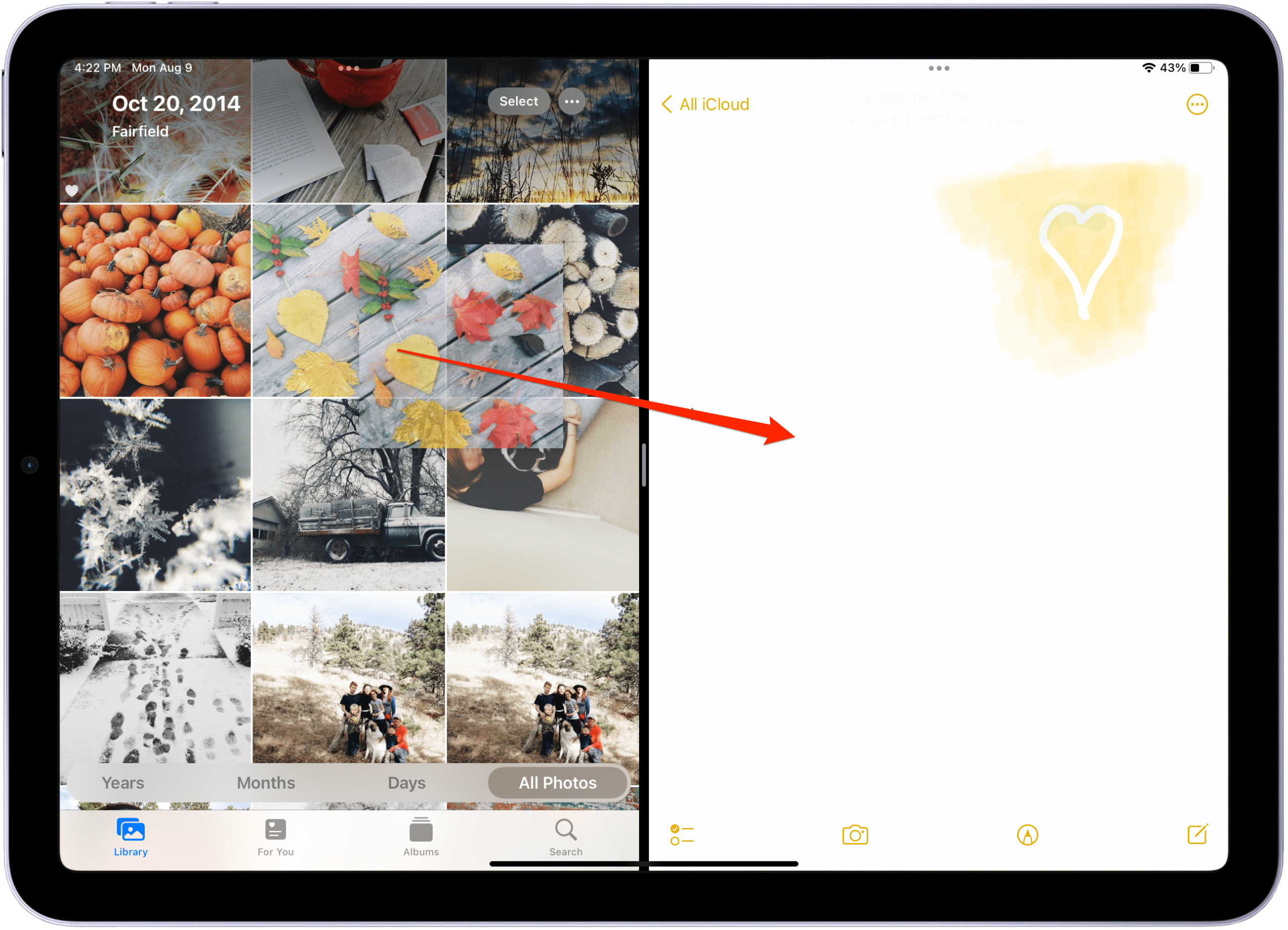
How to Drag & Drop Multiple Items in Split View or Slide Over
Let’s say you want to move some images to a note.
- Tap and hold one image to pop it out and drag it slightly to the side. Keep holding the image.
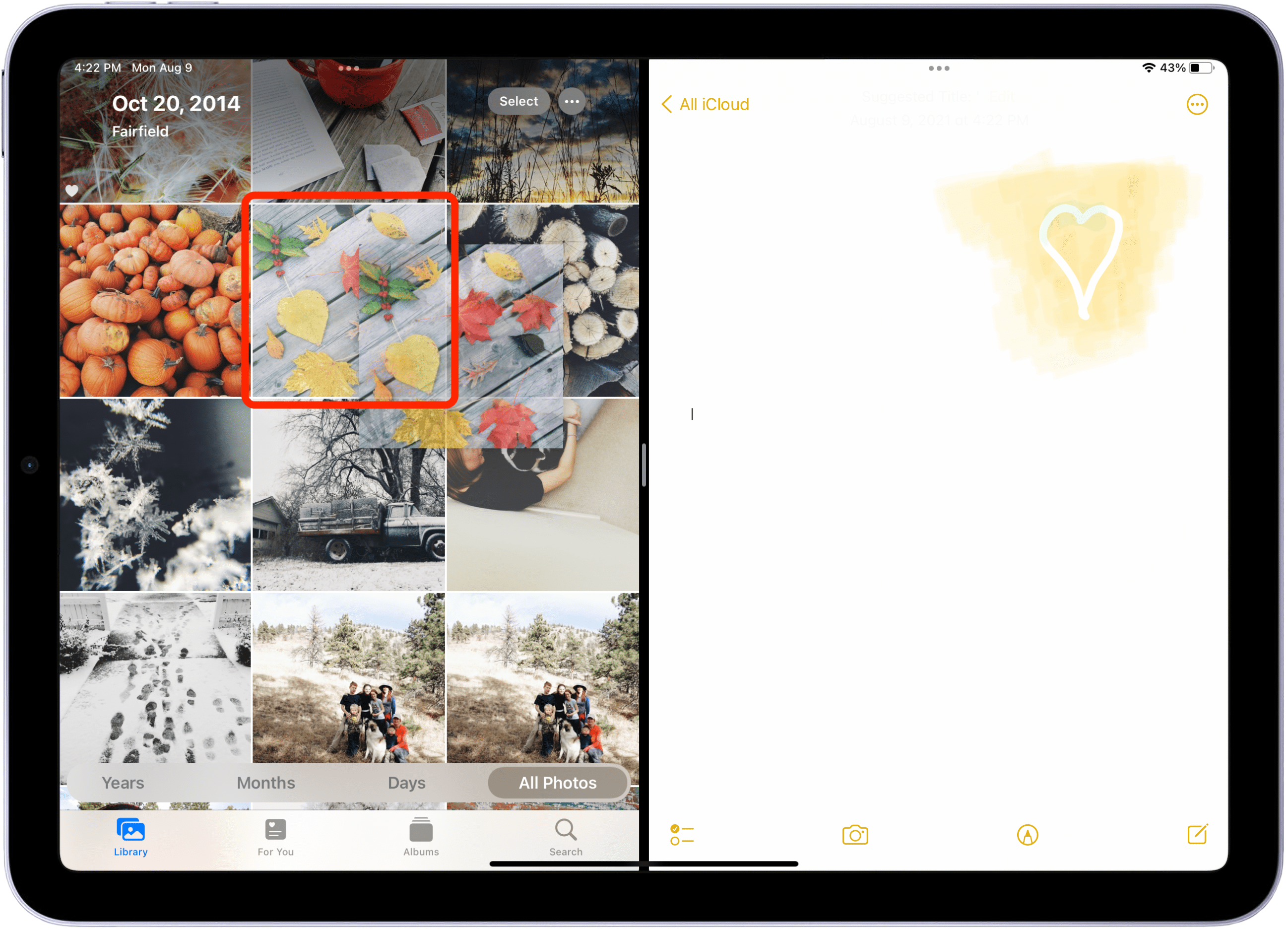
- With your other hand, tap the other images you want to add to the first. A badge will appear in the top corner of the bundle, letting you know how many pieces of content you’ve selected.
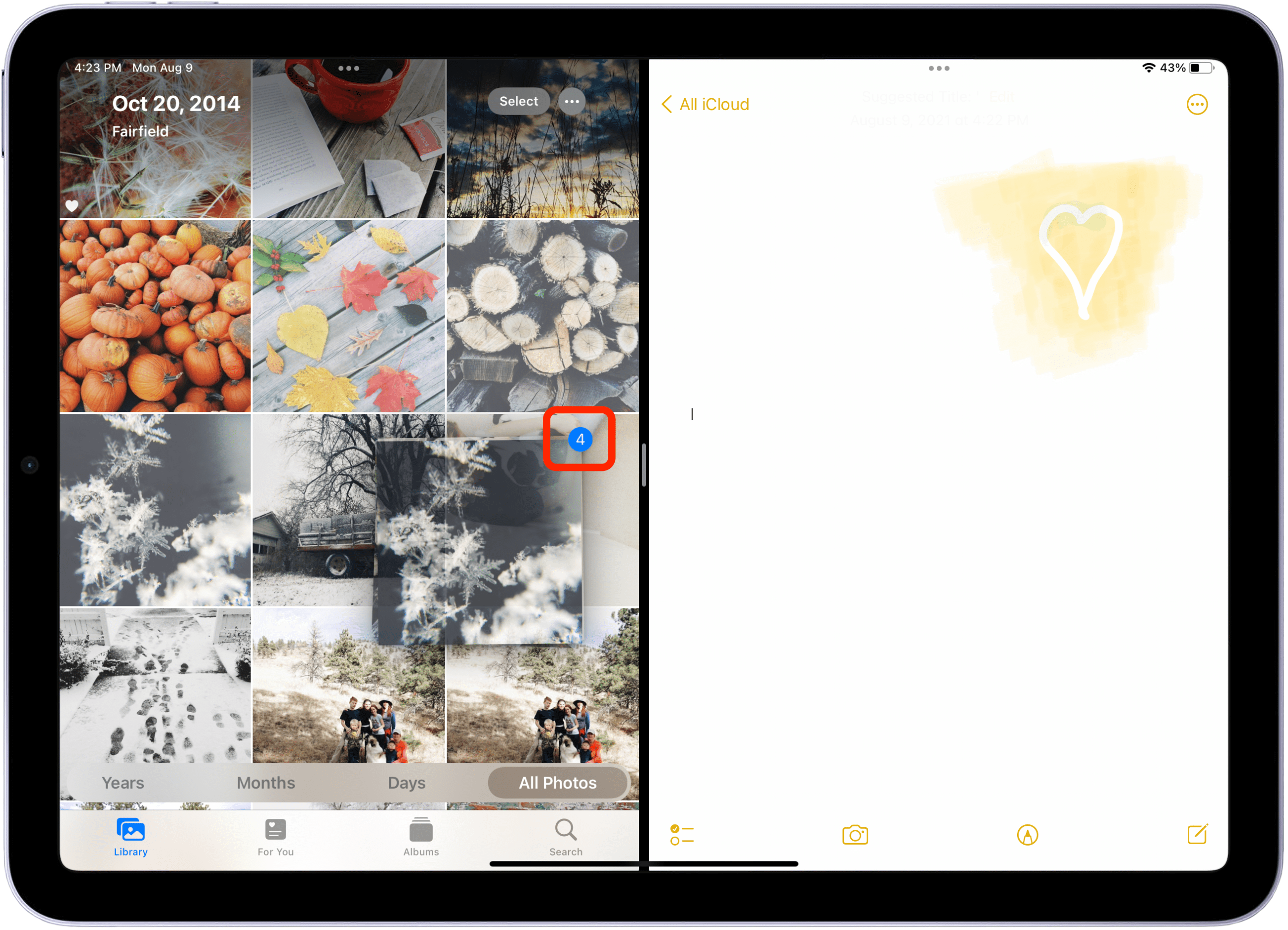
- If you’re using Split View or Split Screen, you can drag the content from one app to the other open app.
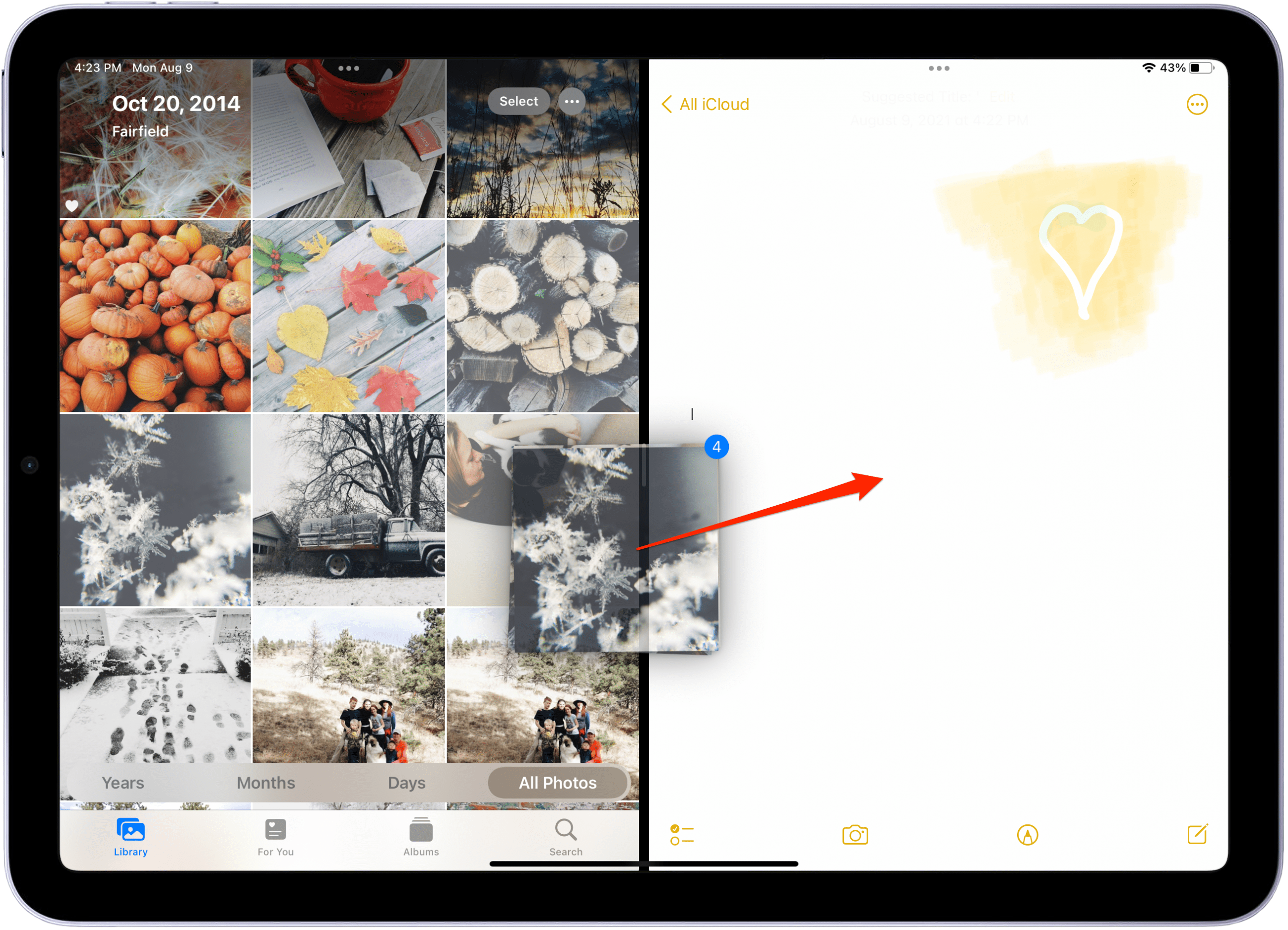
iPad Multitasking Gestures & Shortcuts
With the debut of iPad Pros with no Home button, Apple introduced new gestures to the iPad—including a new way to open the iPad App Switcher. (The old iPad gestures using four fingers to pinch apps closed and swipe between apps also still work).
How to Use the iPad App Switcher
- To open the App Switcher, simply swipe up from the bottom to the center of the screen and hold your finger there until the app switcher appears (iPads with a Home button can still also open the App Switcher by pressing the Home button twice).
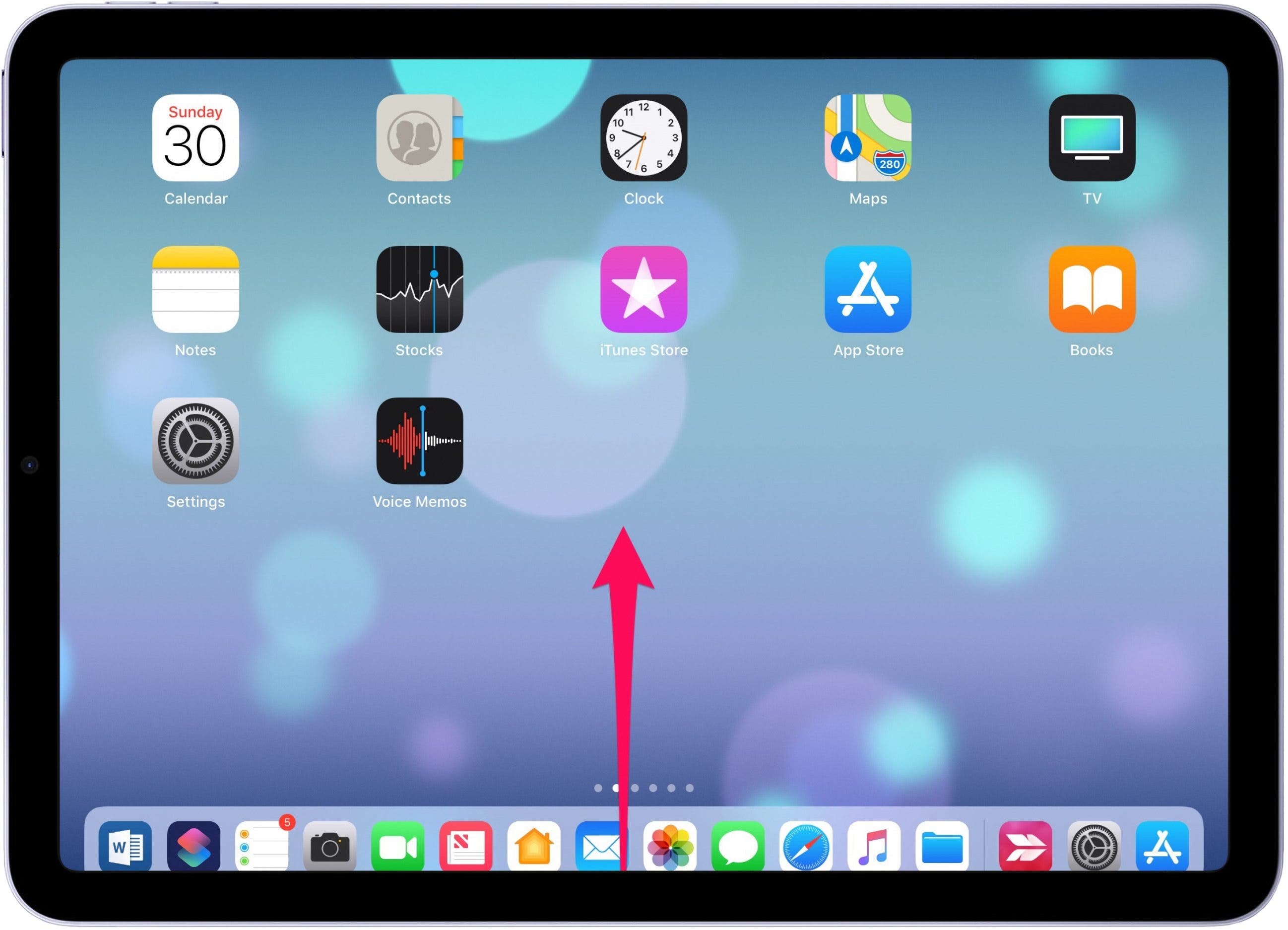
- You can tap on an app window to open it.
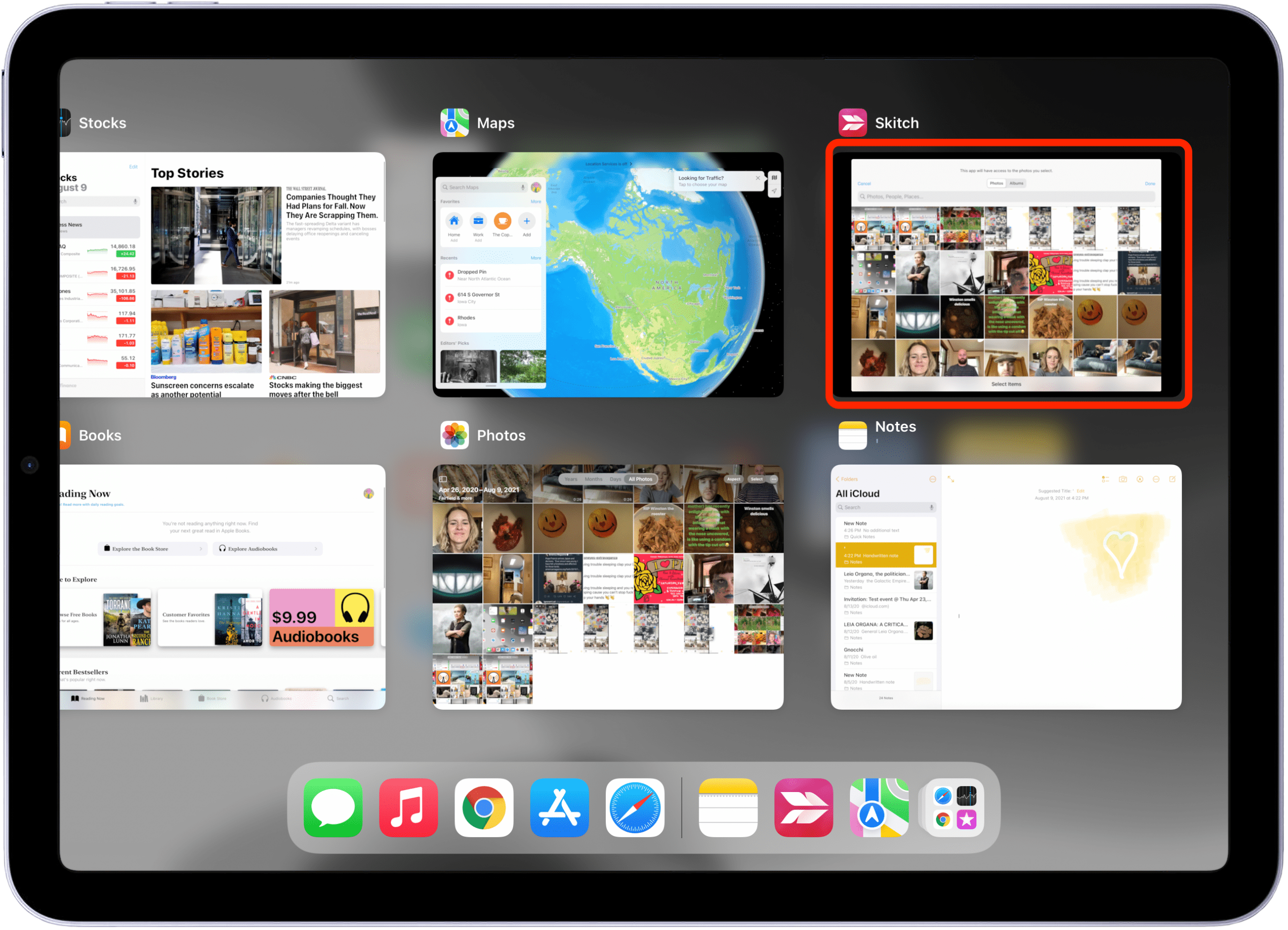
- You can also swipe up on an app window to close it and stop it from running in the background. This also works for closing a Split View window and returning to Full Screen mode.
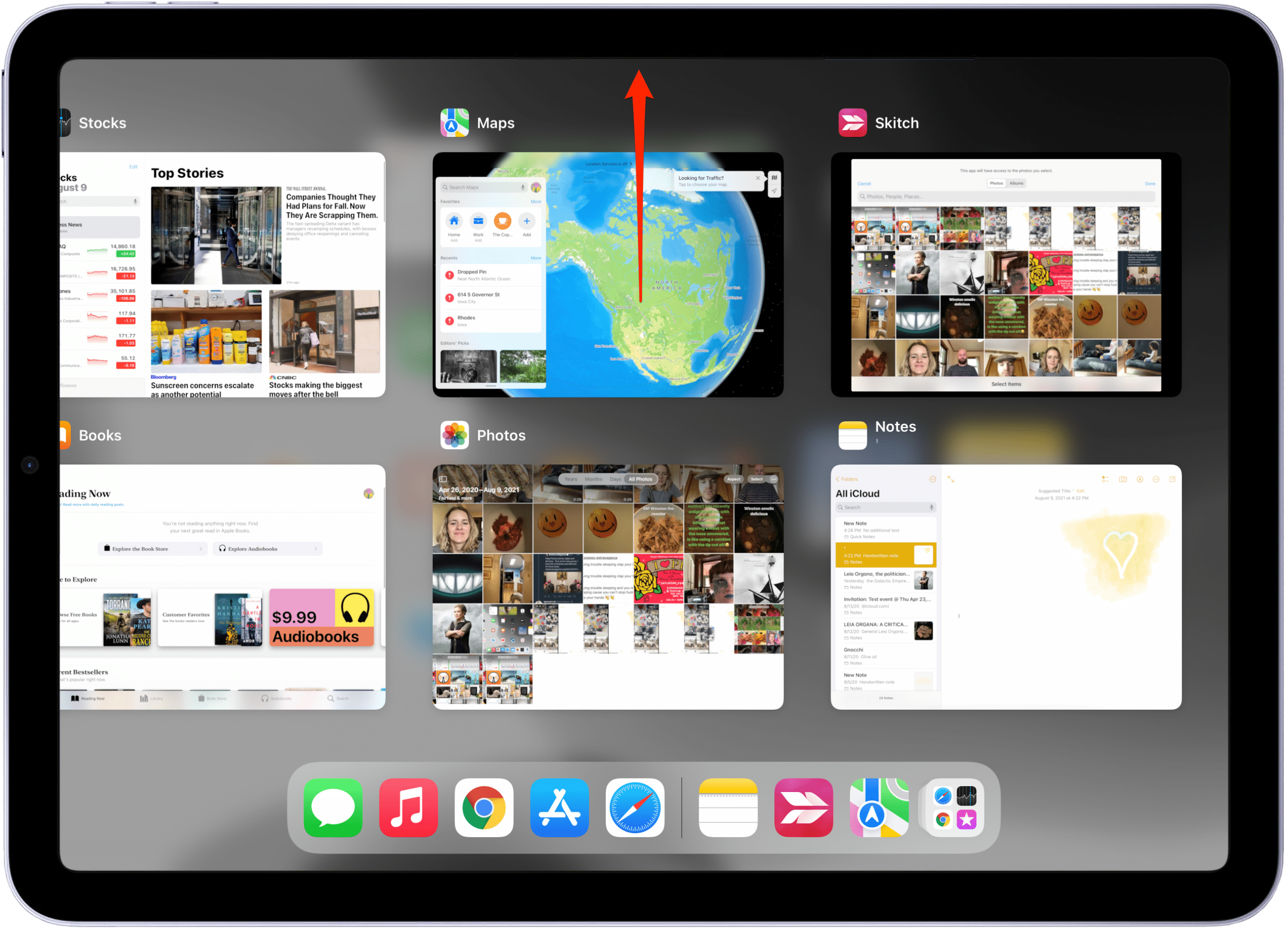
- Swipe left or right to find the app you're looking for.
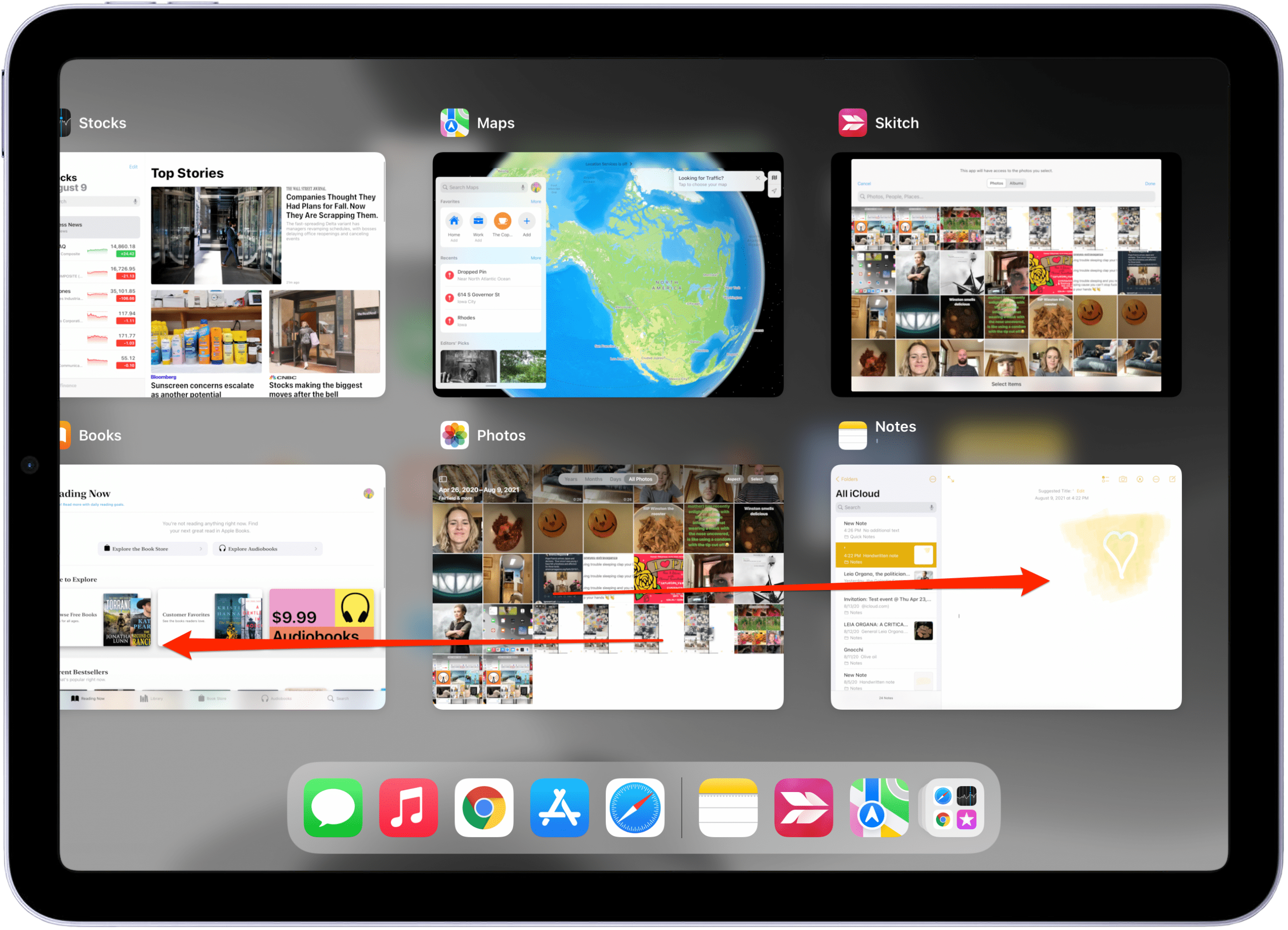
If you want to close the App Switcher without opening a new app, tap anywhere on the screen that's not an app window and you will return to the Home Screen. It's also important to note that the Control Center is no longer available in the iPad App Switcher. Instead, it can be opened by swiping down from the top right corner of the iPad screen. If you love fun apps and customizing your Home Screen, you might also be available in checking out this list of the best iPad widgets.
Swipe Between Apps & Return to the Home Screen
- Return to the Home screen while using apps by swiping up from the bottom of any screen that is not the Home Screen.
- Use four or five fingers to swipe along the bottom of the screen from left to right or right to left to switch between apps.
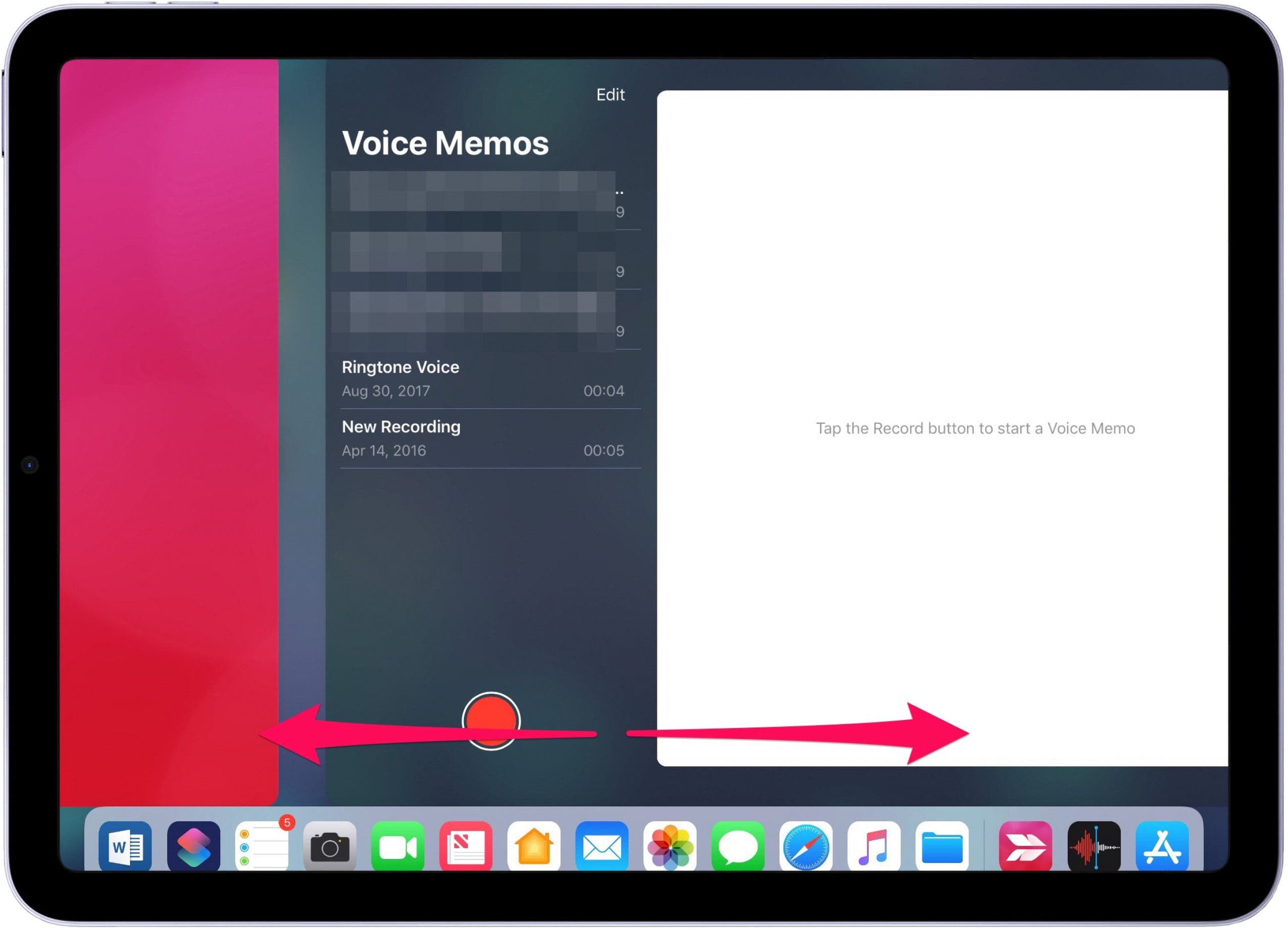
How to Use Center Window on iPad
Some apps allow you to pop out a window and feature it in the center of your screen for easy multitasking. Here's how to do it:
- In a supported app, such as Notes, long press the item you want to center and tap Open in New Window.
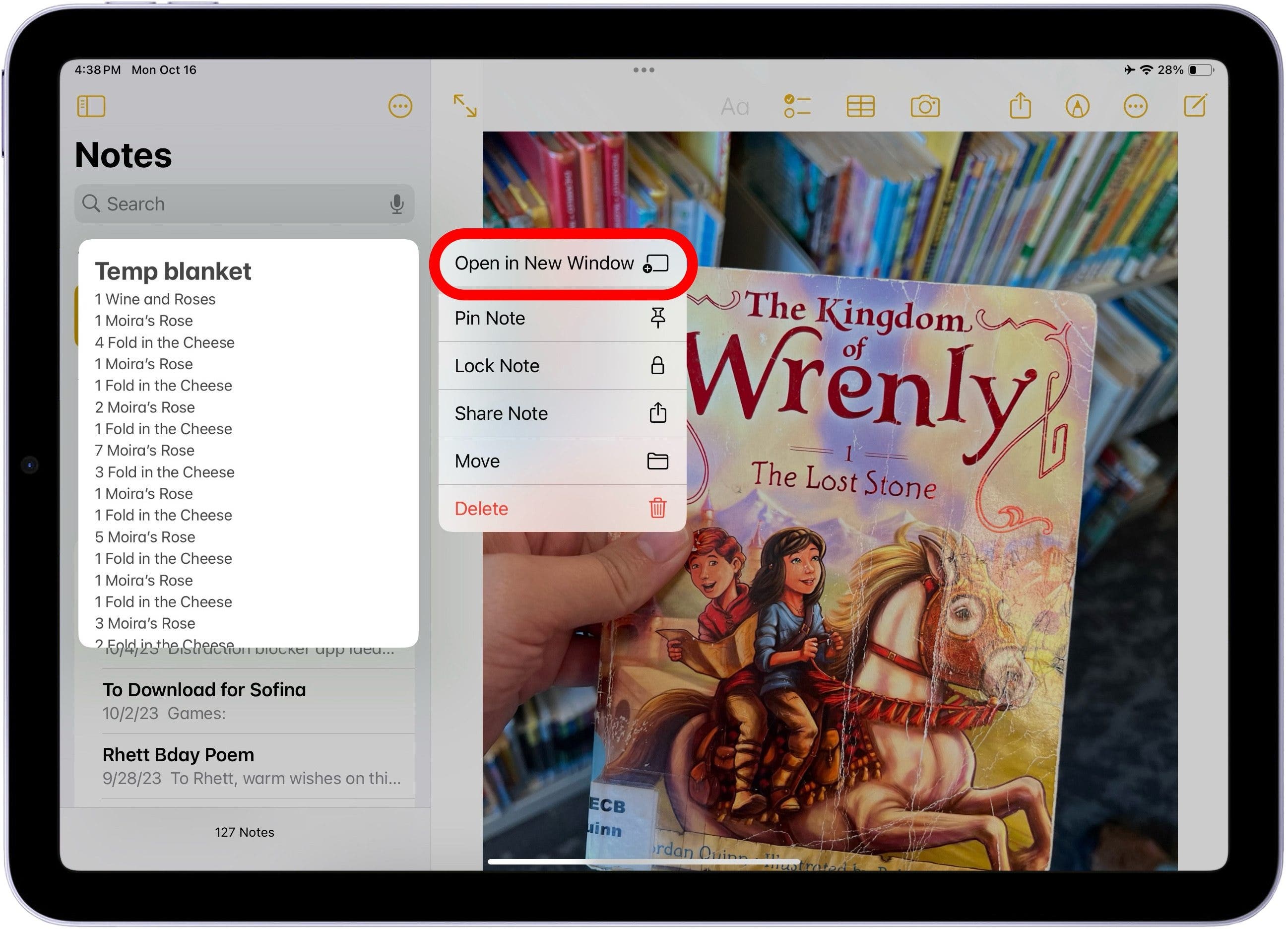
- You'll now have a center window. Tap outside the window to minimize it.
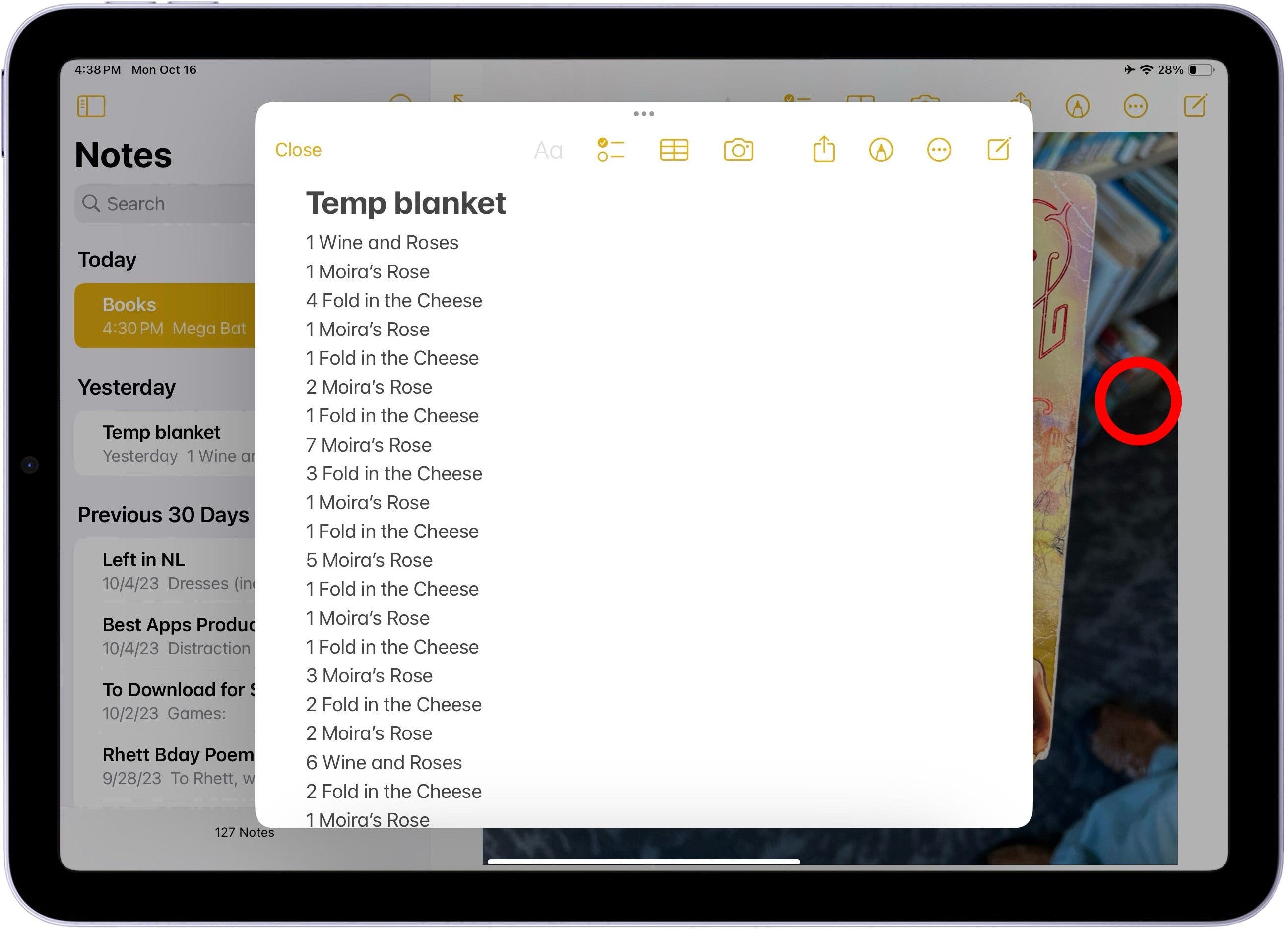
- Tap the window on the display at the bottom to open it again or swipe up on it to close it.
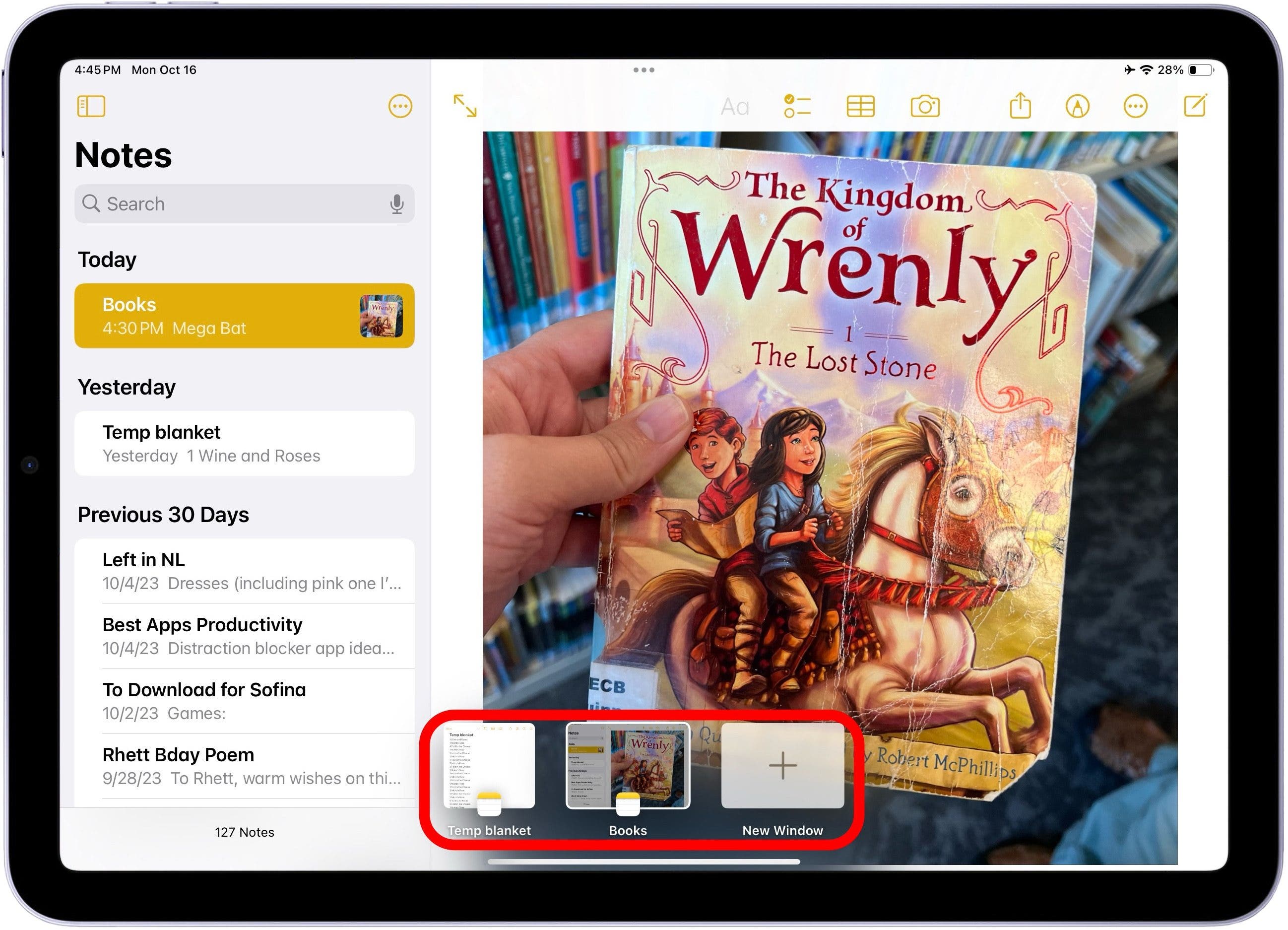
- To exit center window mode, tap the screen again when the windows are minimized.
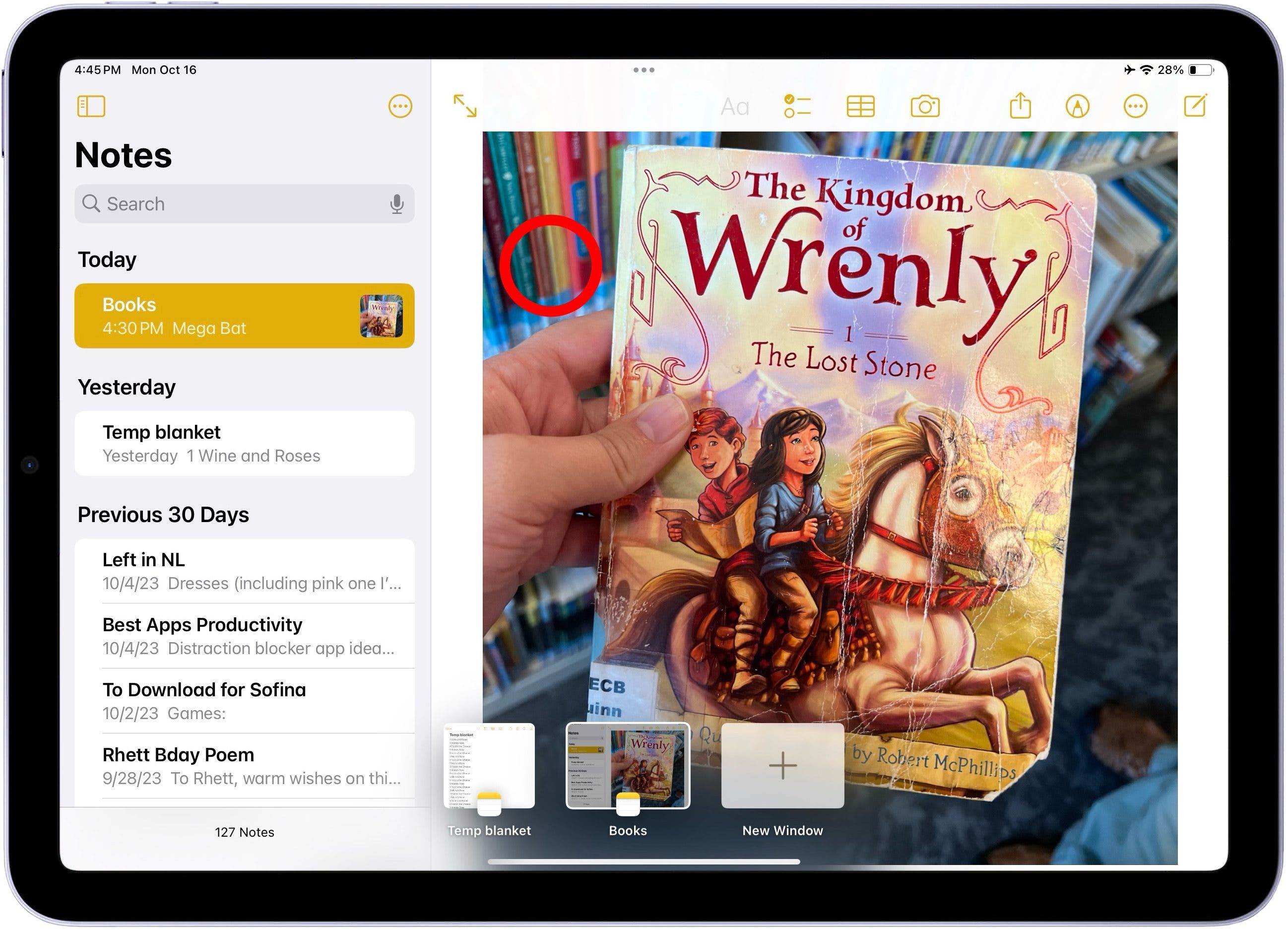
How to Use Stage Manager on iPad
Stage Manager is a Multitasking function that is available on the iPad Pro 12.9-inch (3rd generation or later), iPad Pro 11-inch (1st generation or later), and iPad Air 5 or later. It offers smooth new ways to use multiple windows at a time, and the iOS 17 update made it even better, making now a great time to dive into Stage Manager if you haven't already. To use Stage Manager:
- Open your Control Center and tap the Stage Manager icon.
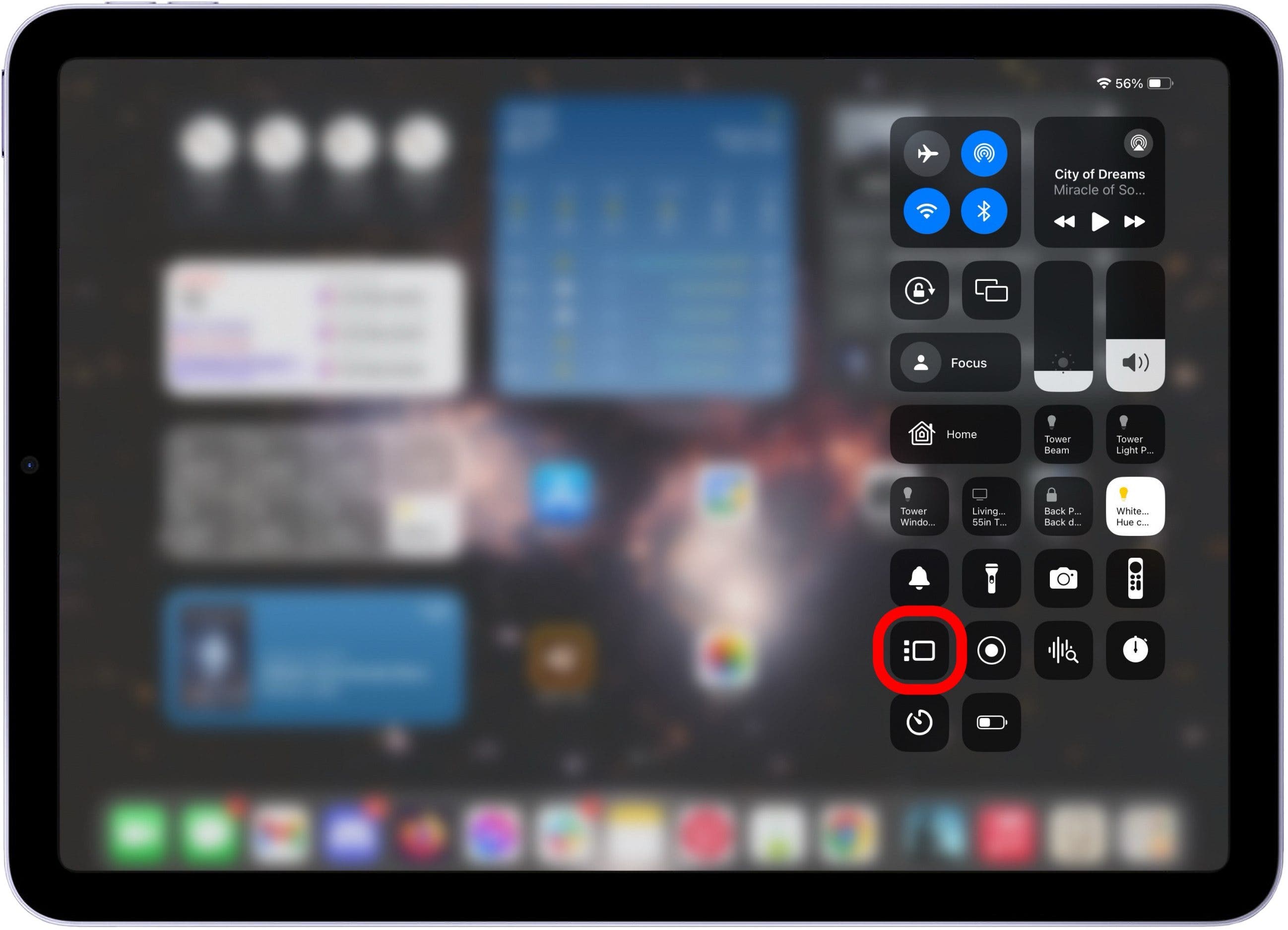
- Once Stage Manager is open, you can swipe from the left side of your screen to open your App Drawer.
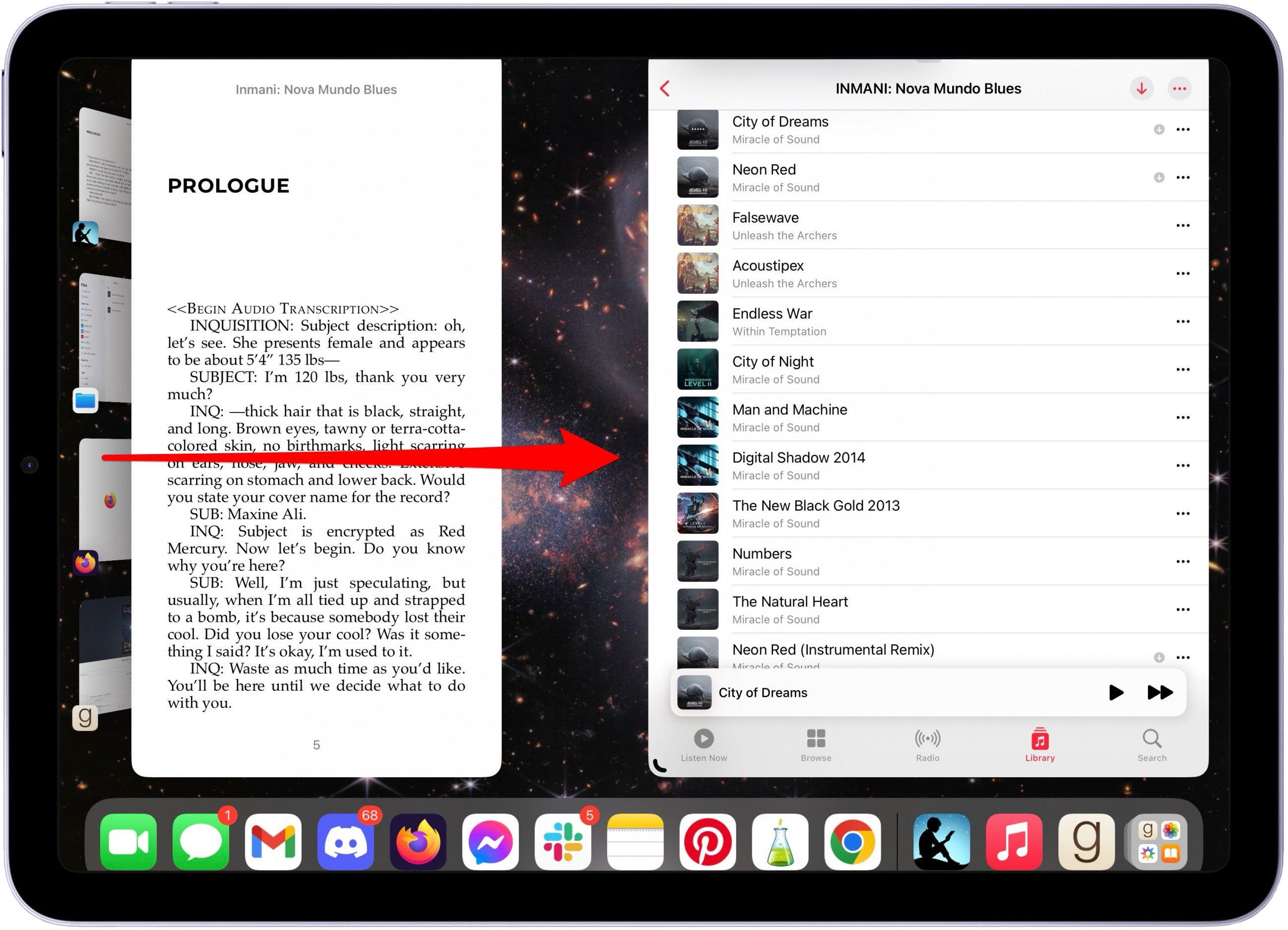
- Slide an app from your App Drawer to add it to your Current View.
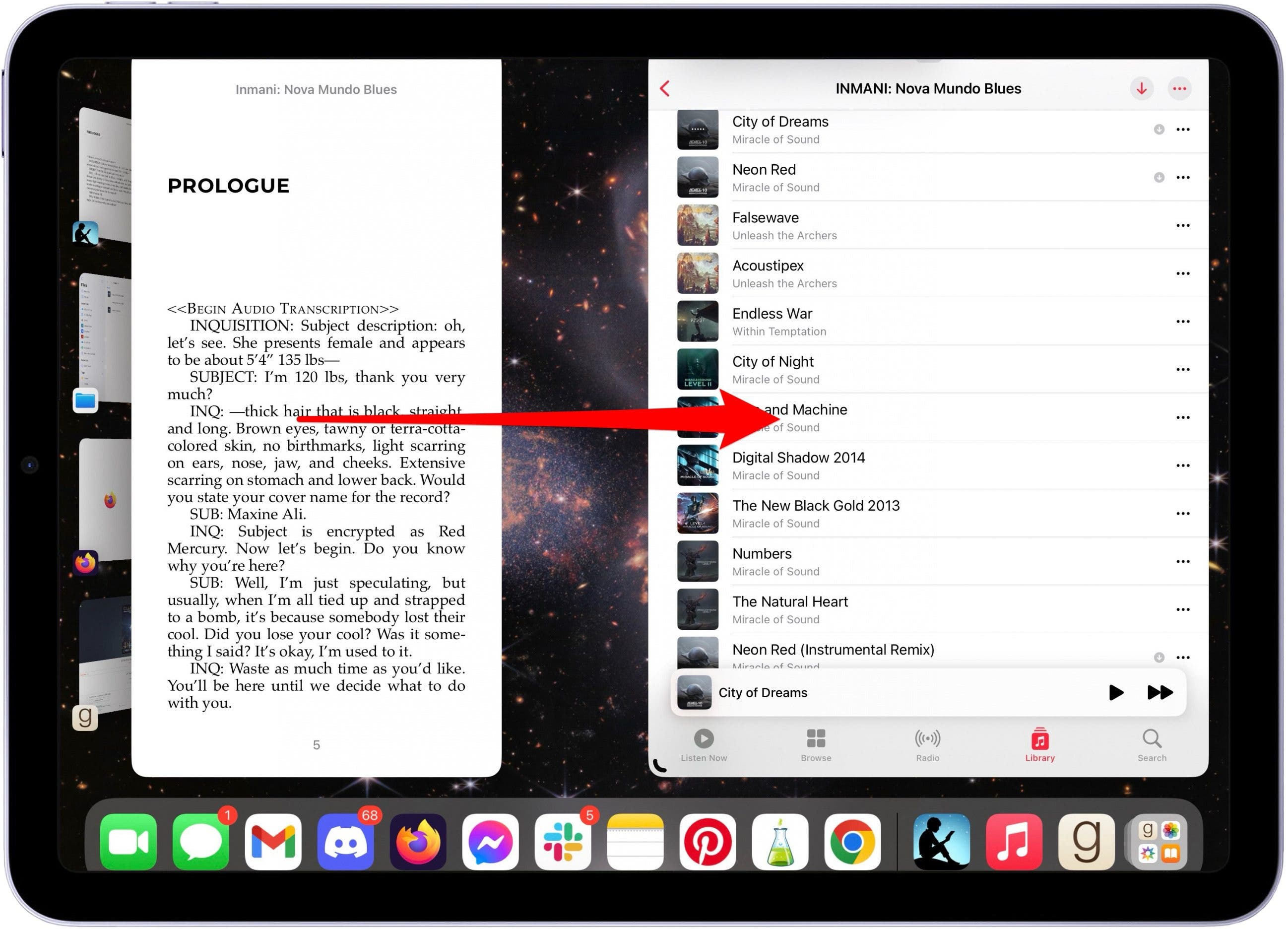
- Move apps around on your screen by touching them and dragging them. You can drag them back into the App Drawer to remove them from your Current View.
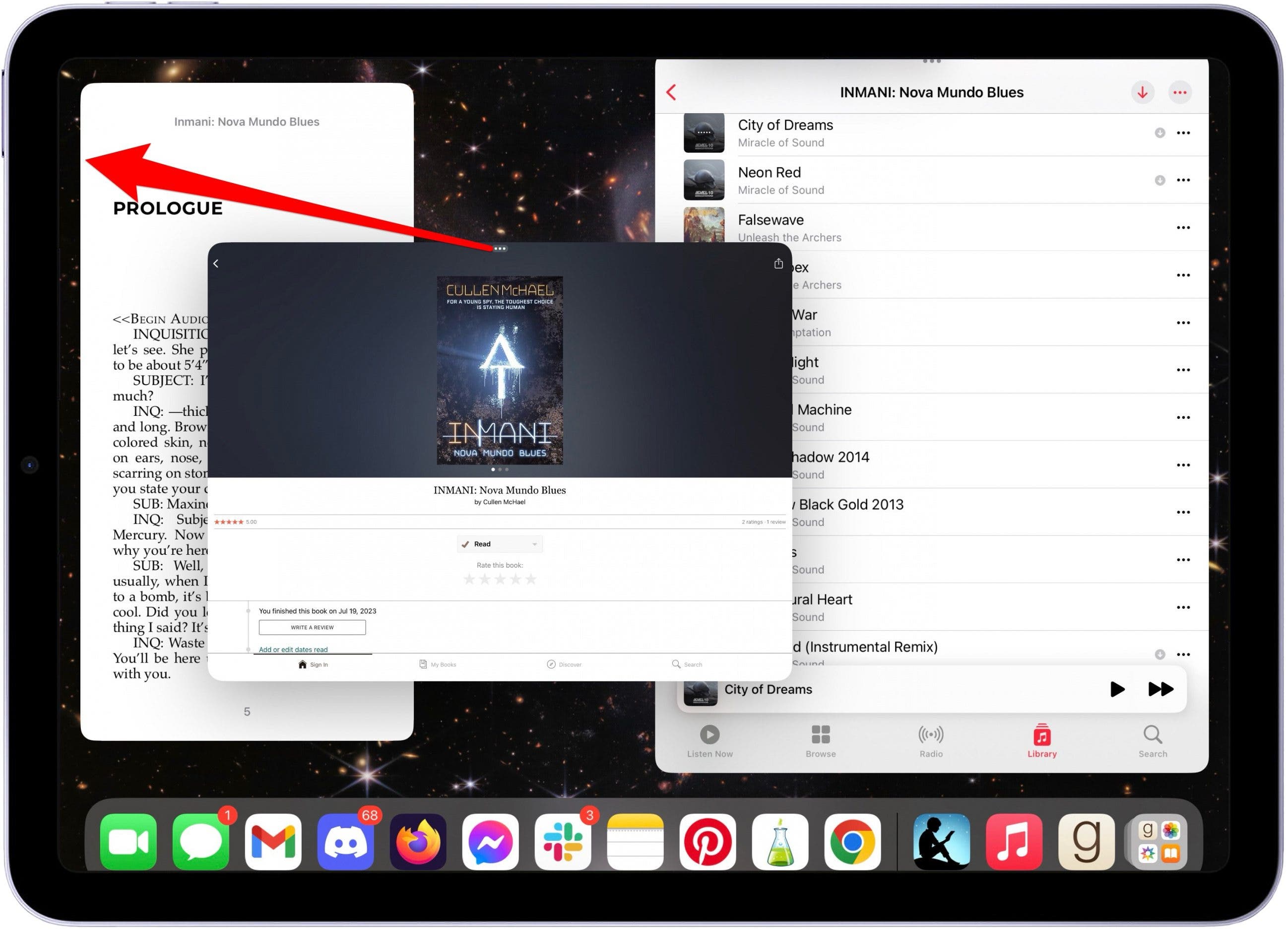
- To leave Stage Manager, tap the icon in your Control Center again. Any apps which shared the screen in Stage Manager will convert to a regular split view.

As a final note, I also recommend checking out this list of the best iPad Pro cases, accessories, and gear. You can also learn some fun tips, such as how to take a height measurement on the iPad. Next, take your multitasking to the next level with Universal Control—this feature lets you use multiple iPads and Macs simultaneously! Wondering, what iPad do I have? We'll tell you!
FAQ
- Which iPad Models Can Multitask? The iPad Pro, 5th gen iPad or later, and iPad mini 4 and later all have Slide Over, Split View, and Picture-in-Picture. The iPad Air has Slide Over and Picture in Picture but you'll need at least an iPad 2 for Split View.
- How do you exit Split Screen on an iPad? You can either tap the Multitasking window and tap Full Screen or go to the App Switcher and swipe up on one of the open apps.
- Where is Multitasking in Settings on my iPad? In your Settings app, there is an entry called Multitasking & Gestures which will bring you to all the controls you need.
- How do I disable Split Screen mode? If you don't like Split View popping up when you don't want it to, you can go into Settings, tap Multitasking & Gestures, and select Off under Multitasking to disable all these features.

Conner Carey
Conner Carey's writing can be found at conpoet.com. She is currently writing a book, creating lots of content, and writing poetry via @conpoet on Instagram. She lives in an RV full-time with her mom, Jan and dog, Jodi as they slow-travel around the country.


 Olena Kagui
Olena Kagui
 Rhett Intriago
Rhett Intriago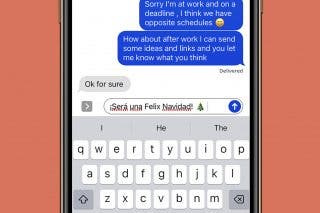
 Leanne Hays
Leanne Hays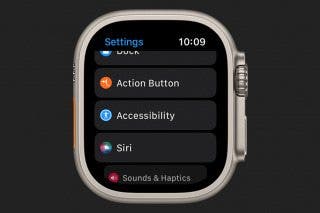

 Rachel Needell
Rachel Needell
